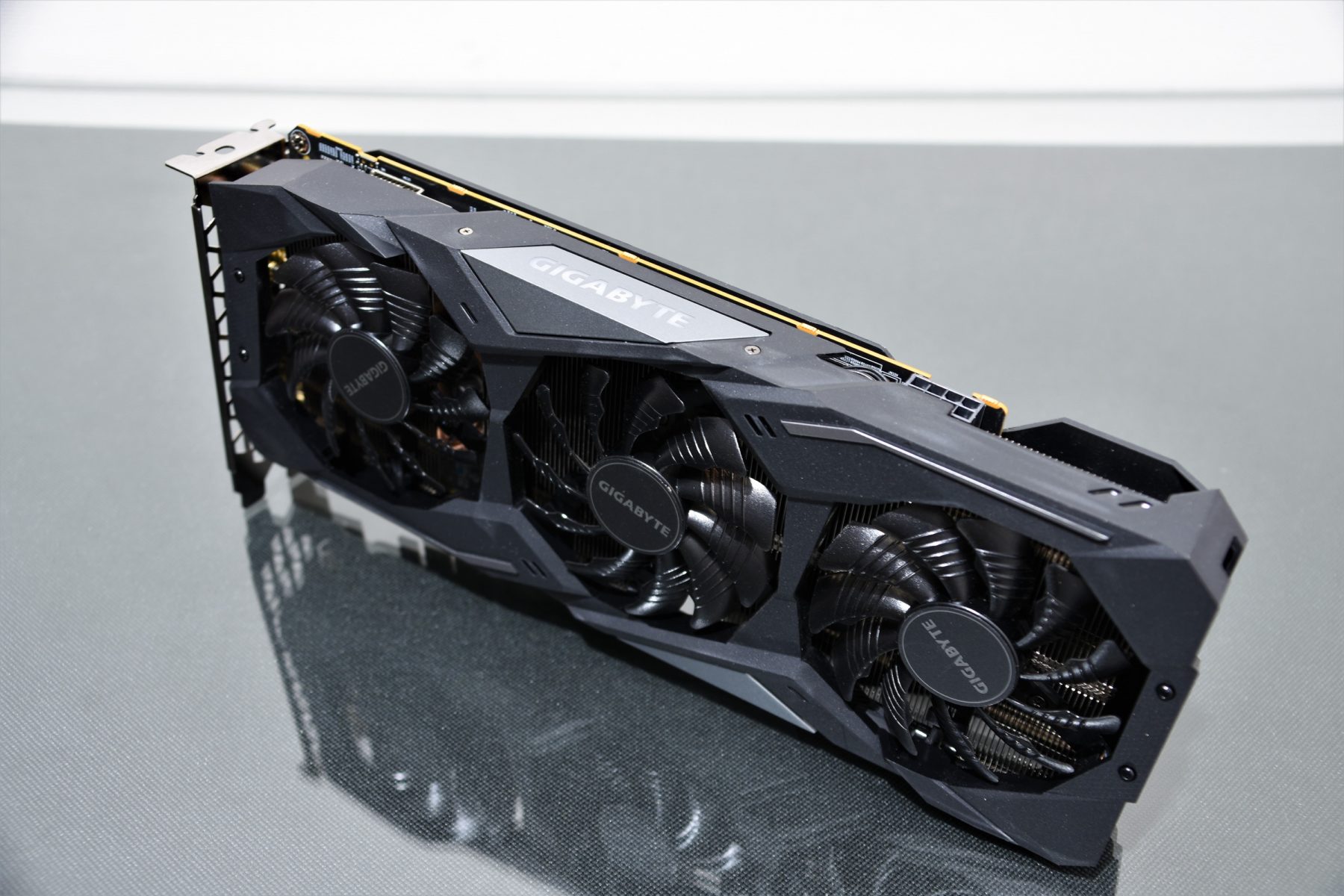Review GIGABYTE RX 5500XT GAMING OC 8GB – Specs | Test | Overclocking – With the new generation based on the RDNA architecture, AMD Radeon continues to renew the graphics card market segments, this time one of the most conflicting and controversial points, the middle range (probably medium-low). At this point AMD Radeon launches the Radeon RX 5500 and its RX 5500 XT version.
Many of us remember how AMD Radeon in some way gave its small steps to more competitive models within this segment with RX 400 and RX 500 series, the latter we can see today with prices that attacked the market causing a lot of damage to the competition, it is here where AMD Radeon makes his move with the RX 5500 XT a model based on 7nm and GDDR6 in 4GB and 8GB version, which would refresh the RX 580 and RX 590 models mainly.
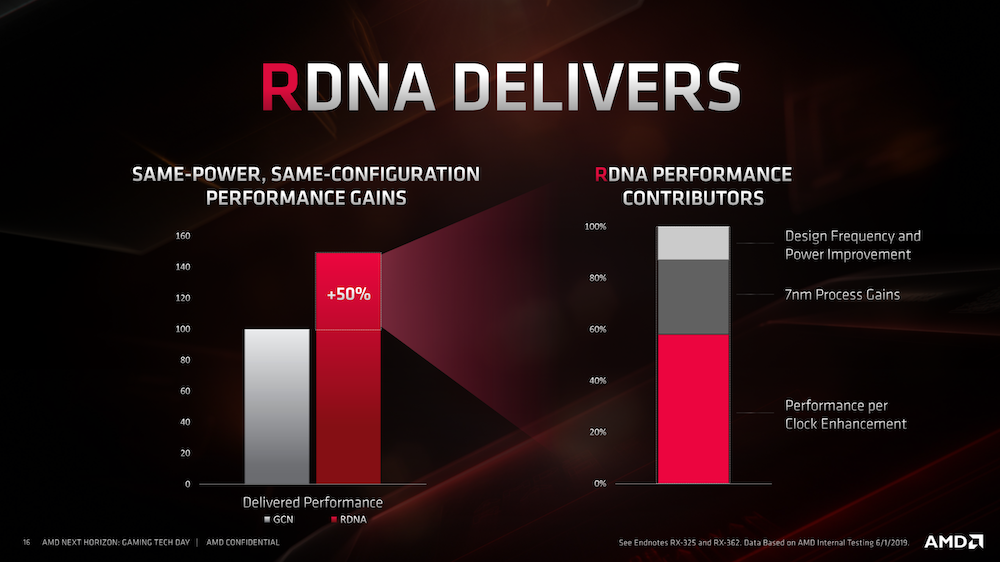
Of all this performance gain, 60% corresponds to the increase in operating frequencies, 25% to the gain of using a 7nm process, and only 15% to improvements in design and consumption.
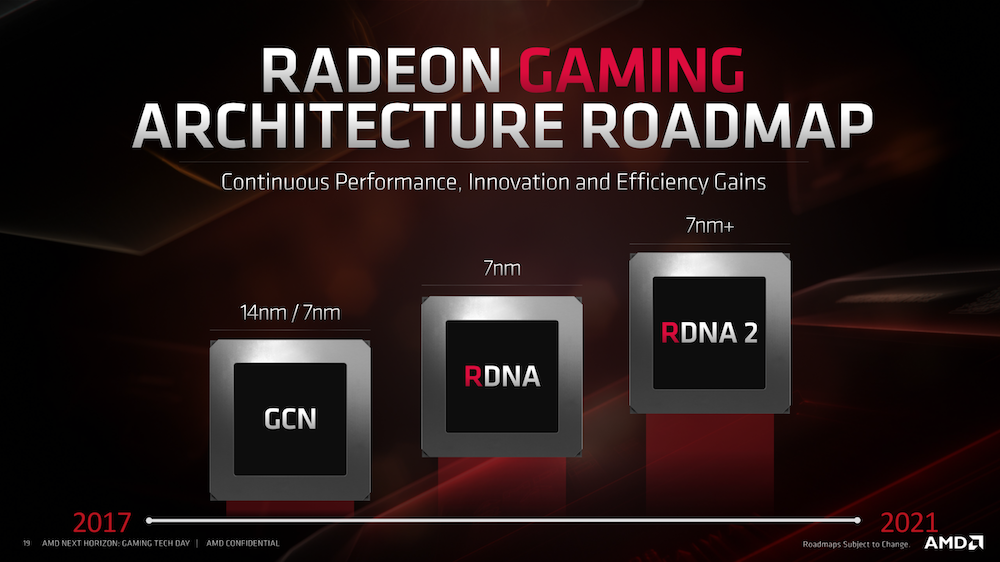
Like all new architecture, as they have done with Zen in the CPUs, AMD has planned the RDNA architecture for several years, and they are already planning their second version for next year, with the improved 7nm process (7nm +).
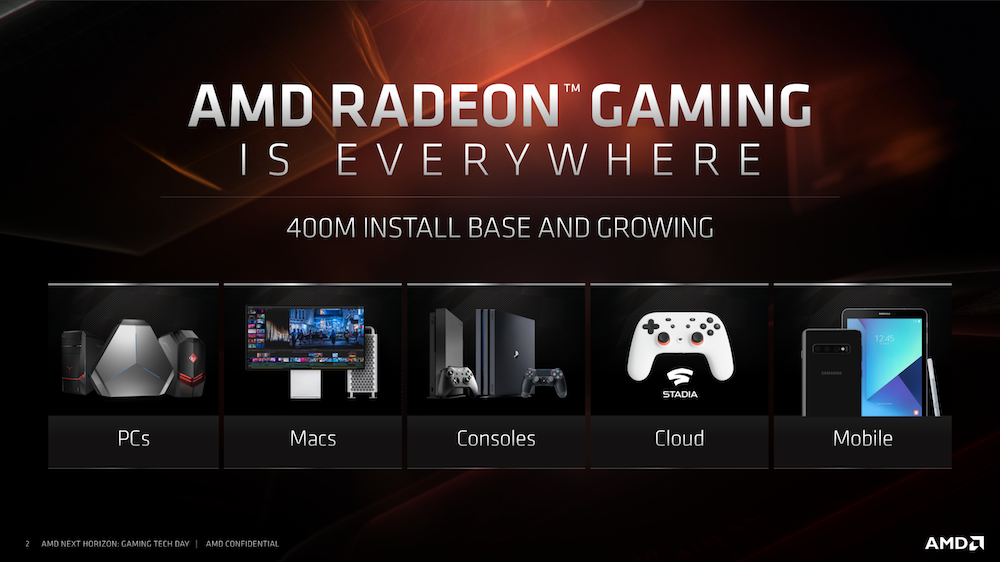
There are currently 400Millions of Radeon products in the world, now Radeon will be present in 5 business verticals, PCs, Mac (New Mac Pro), Consoles (XBOX “Scarlet” and PS5), Cloud (Google Stadia) and Mobile (thanks to a agreement with Samsung). All of these will be supported by Navi-based GPUs, in some of their variants.
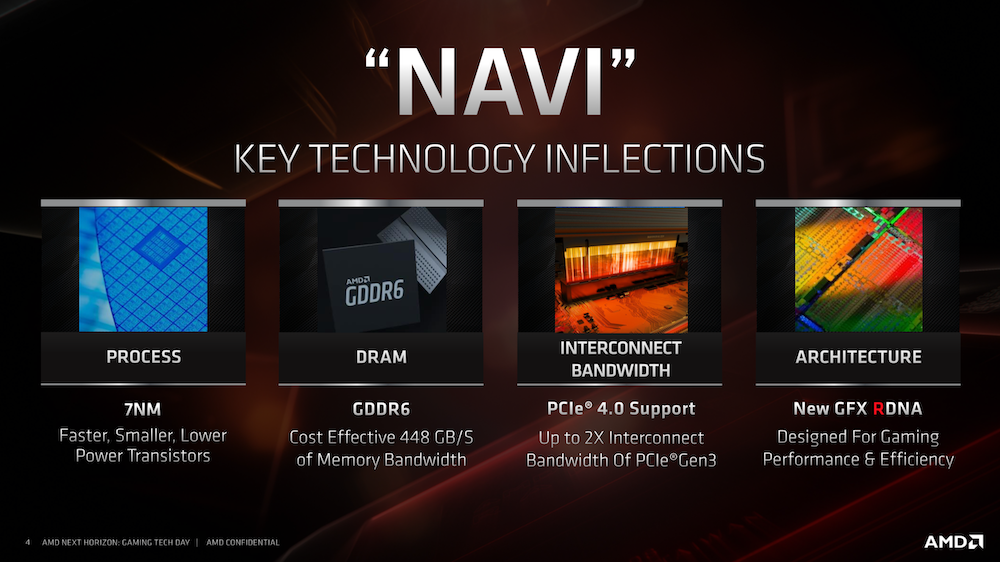
As mentioned, Navi is the name of this family of GPUs, which has as highlights: 7nm manufacturing, use of 14Gbps GDDR6 memories, which grant up to 448GB / s of bandwidth, support for PCie 4.0 increasing the width of band available to the CPU, and finally the use of the new RDNA architecture, with improvements in efficiency and performance.
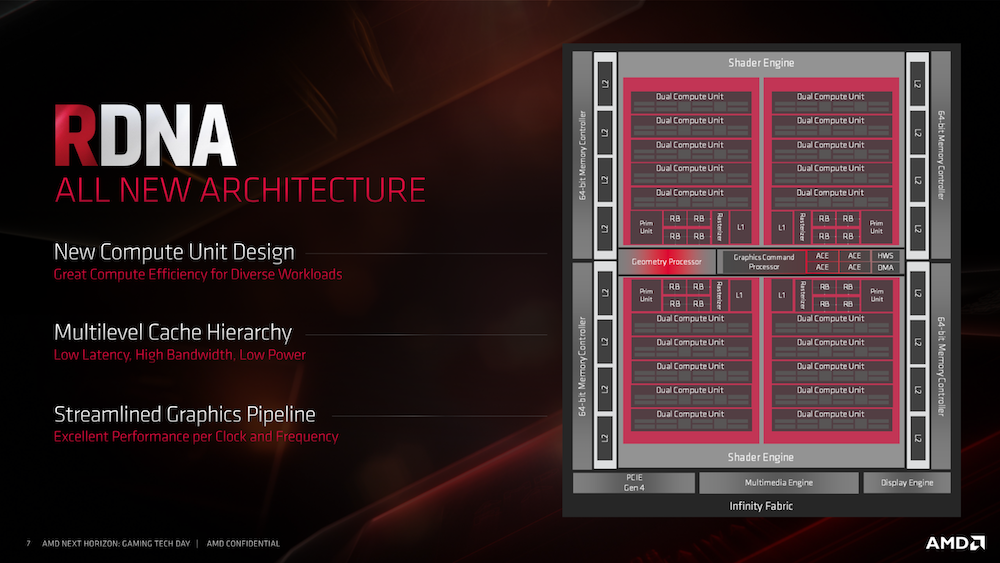
Among the new things that RDNA includes, we can highlight 3: New Computing unit, Multilevel cache hierarchy, and a new graphic pipeline more orderly and faster. The sum of these 3 characteristics will give RDNA-based GPUs a better performance when performing tasks, which will result in better performance in our games and applications.
NAVI: What’s new that incorporates
Let’s look at other features of these new GPUs.
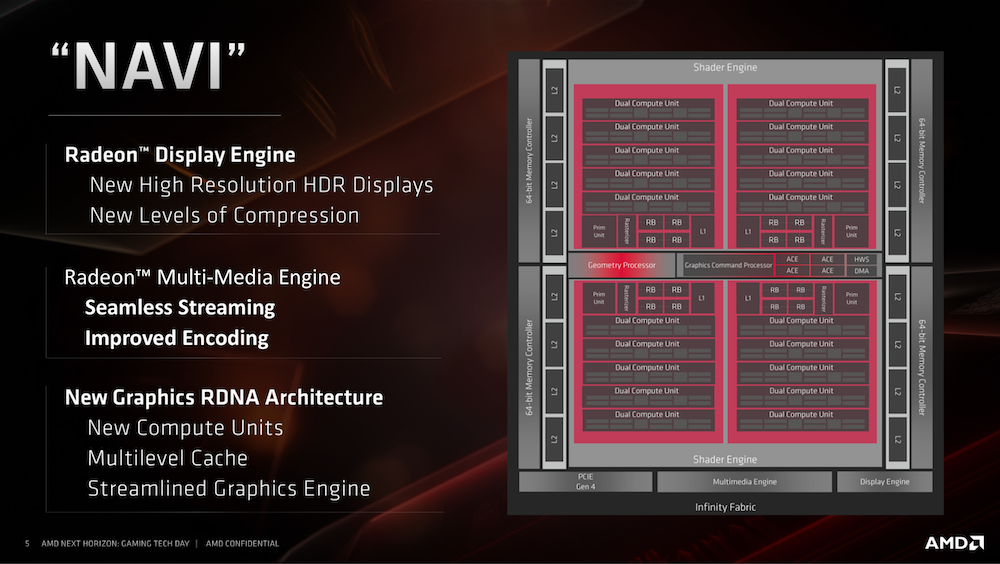
Along with being based on a new architecture called RDNA, Navi GPUs will have a new and improved Multimedia Engine, in addition to a new Display Engine.
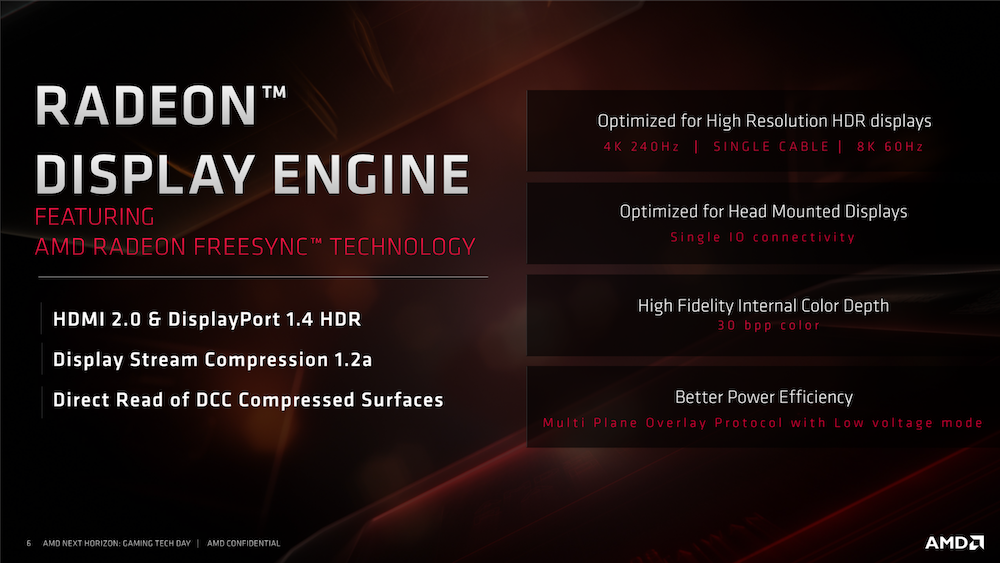
This new Display Engine, supports HDMI 2.0b and DisplayPort 1.4 HDR, capable of extracting 8K 60Hz video, or 4K 240Hz, all this without the need to use 2 cables. In this way, the use of cables on the desk is optimized, in addition to being able to better manage energy consumption.
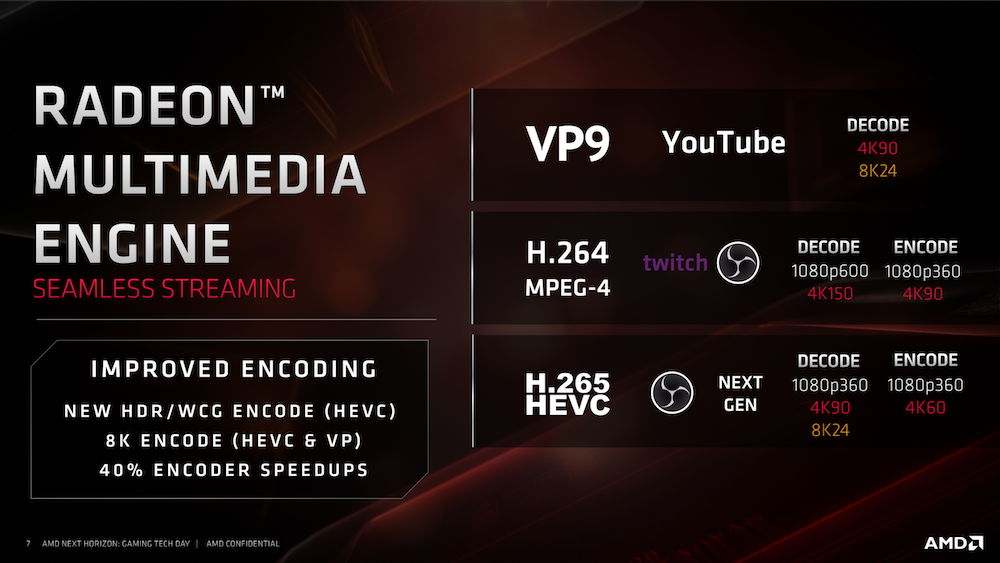
The new Multimedia Engine improves the support of the current codecs, in addition to providing HDR / WCG support to the HEVC codec, along with supporting 8K 24FPS.
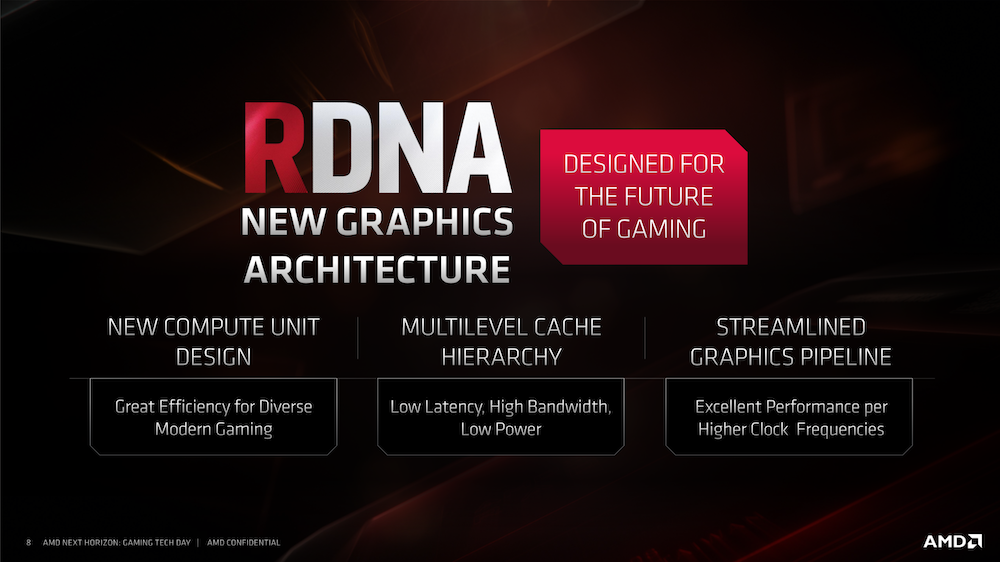
Finally, a summary of the new RDNA architecture: New computing units, Multilevel cache hierarchy, for low latency, bandwidth and low consumption, and finally a more orderly and efficient Pipeline, capable of providing better performance at high frequencies
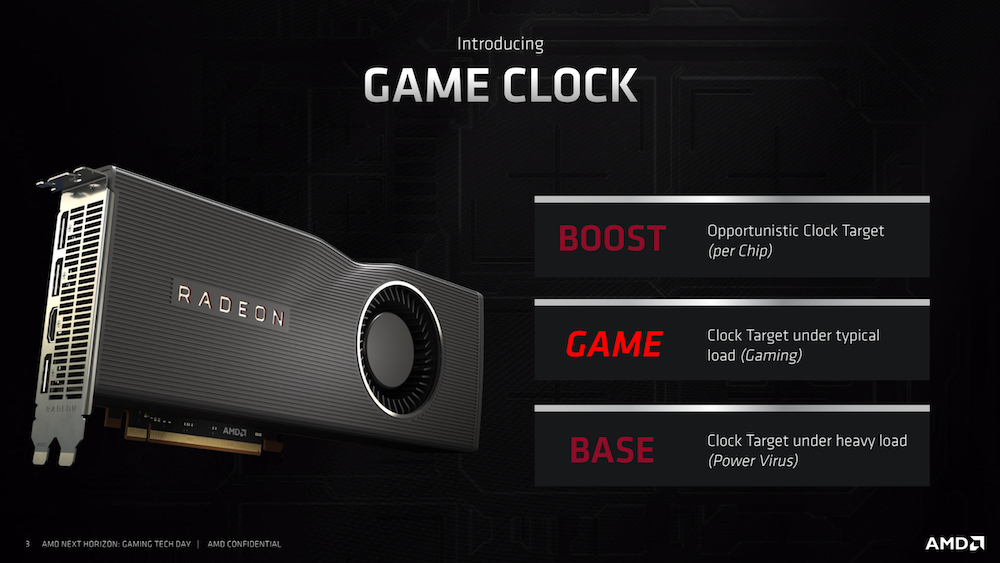
With the purpose of sincere information with users, AMD chose to create the so-called Game Clock, this new attribute is more than anything the minimum average frequency, at which the GPU would operate constantly under load, such as a game. This does not mean that it will never reach the Boost Clock frequency, but it is the typical frequency that one will be able to see when playing.
Specs
| specs | GIGABYTE RX 5500XT GAMING OC 8GB | AMD Radeon RX 5500 XT | AMD Radeon RX 5500 | AMD Radeon RX 580 | NVIDIA GTX 1660 | NVIDIA GTX 1650 Super |
|---|---|---|---|---|---|---|
| Fabrication process | 7 nm | 7 nm | 7 nm | 12 nm | 12 nm | 12 nm |
| GPU | Navi 14 | Navi 14 | Navi 14 | Polaris 30 | TU116 | TU116 |
| ROPs | 32 | 32 | 32 | 32 | 48 | 32 |
| Texture Units | 88 | 88 | 88 | 144 | 88 | 80 |
| Shaders | 1845 MHz | 1408 | 1408 | 2304 | 1408 | 1280 |
| Core clock | 1685 MHz | 1717 MHz | 1670 MHz | 1257 MHz | 1530 MHz | 1530 MH |
| Boost Clock | 1845 MHz | 1845 MHz | 1845 MHz | 1340 MHz | 1785 MHz | 1725 MHz |
| Memory Frequency | 1750 MHz | 1750 MHz | 1750 MHz | 2000 MHz | 2000 MHz | 1500 MHz |
| Memory | 8GB GDDR6, 128-bit | 4GB / 8GB GDDR6, 128-bit | 4 GB, GDDR6, 128-bit | 4 GB / 8 GB, GDDR5, 256-bit | 6 GB, GDDR5, 192-bit | 4 GB, GDDR6, 128-bit |
| Connectors | 1x 8-pin | 1x 6-pin | 1x 6-pin | 1x 8-pin | 1x 6-pin | 1x 6-pin |
| TDP | 130W | 130W | 130 W | 185 W | 120W | 120W |
| Price | Amazon: $ 210 | 8GB: $ 200 4GB: $ 170 | – | $ 160 | $ 210 | $ 160 |
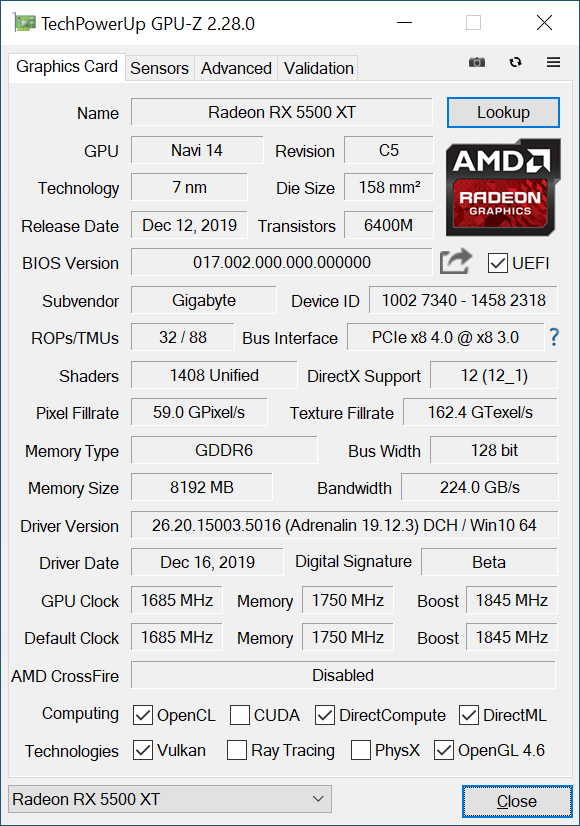
First look.
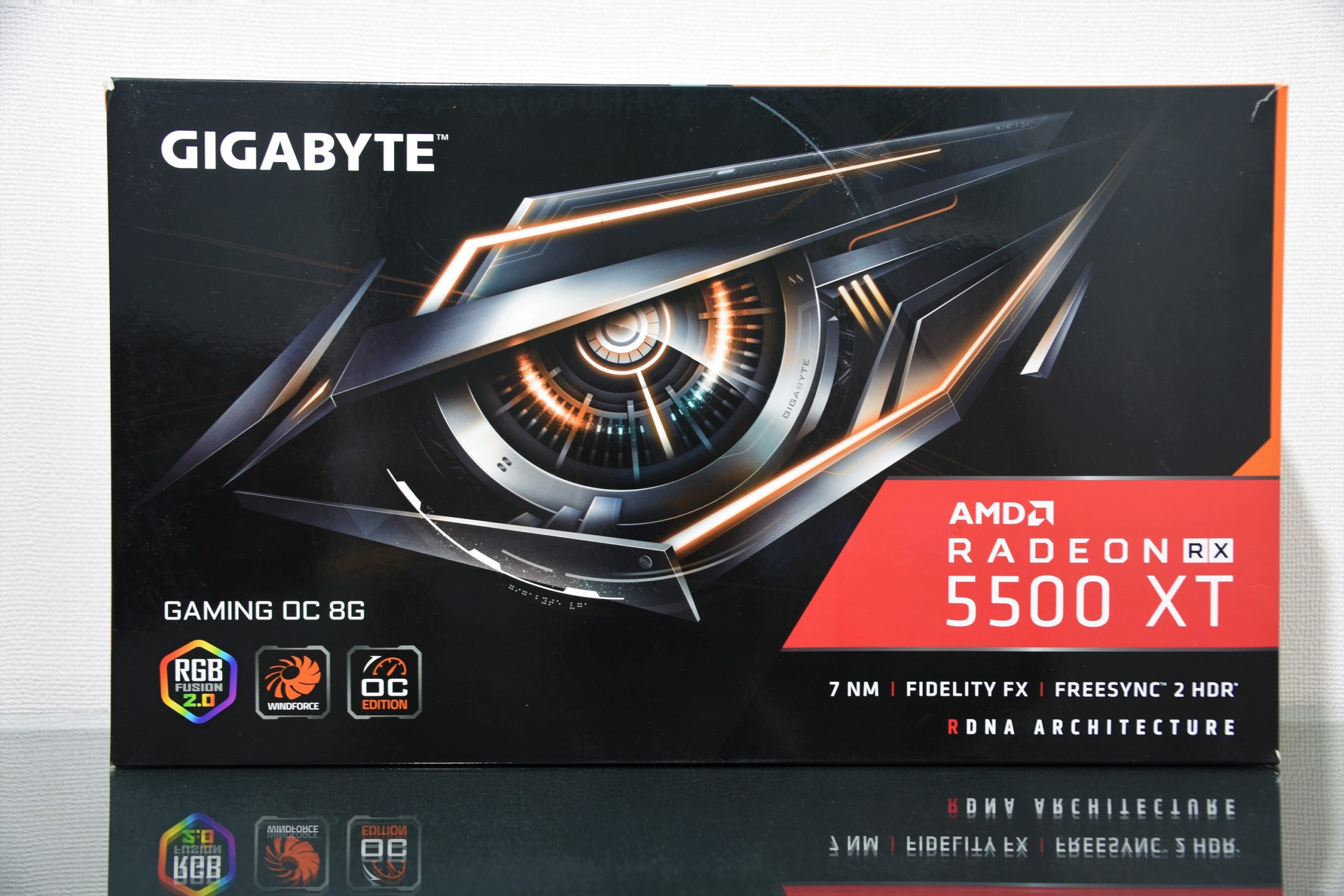
GIGABYTE RX 5500 XT GAMING OC 8GB, front packing
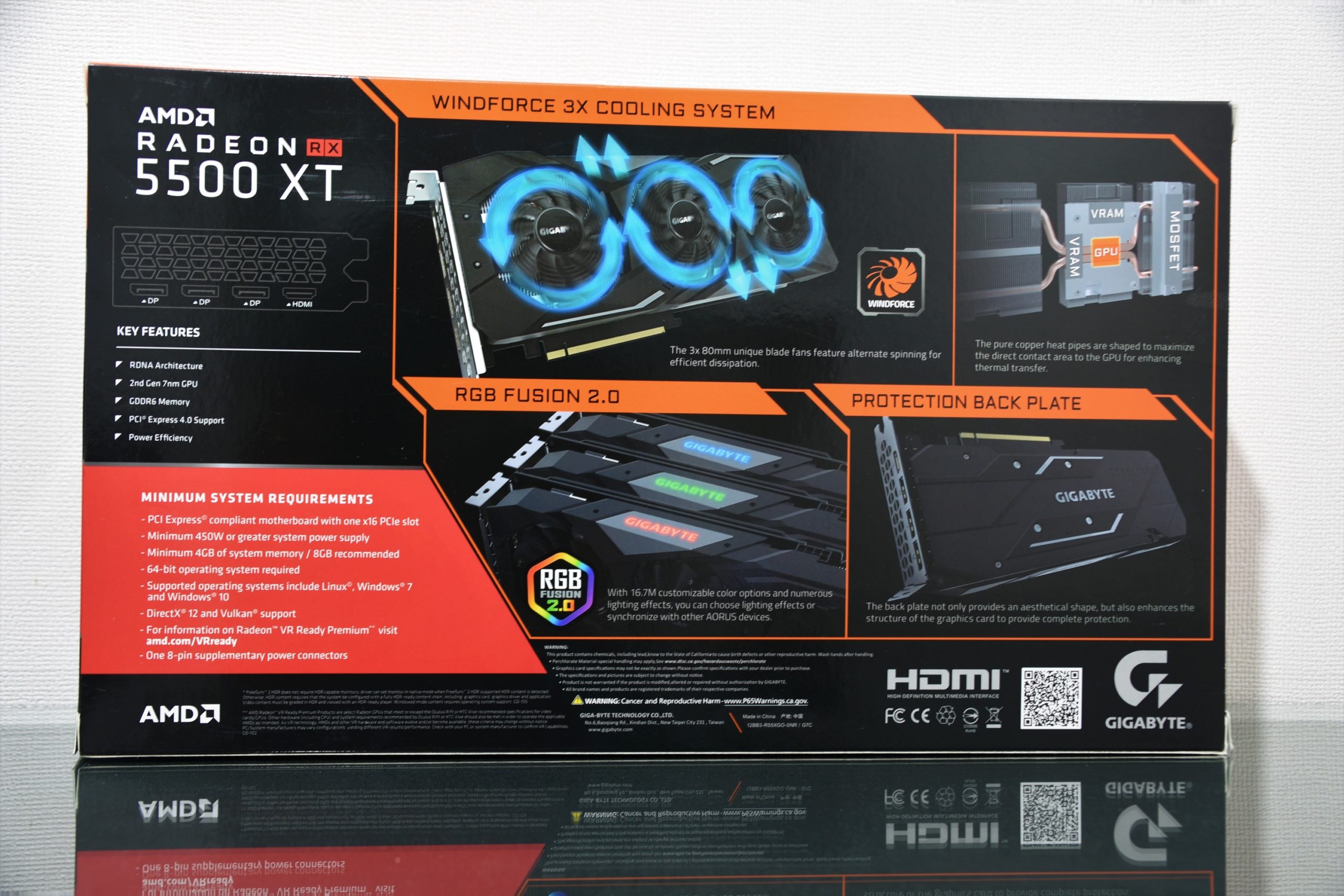
In its rear view, we see that it has RGB Fusion, Backplate protector and Winforce 3X cooling system
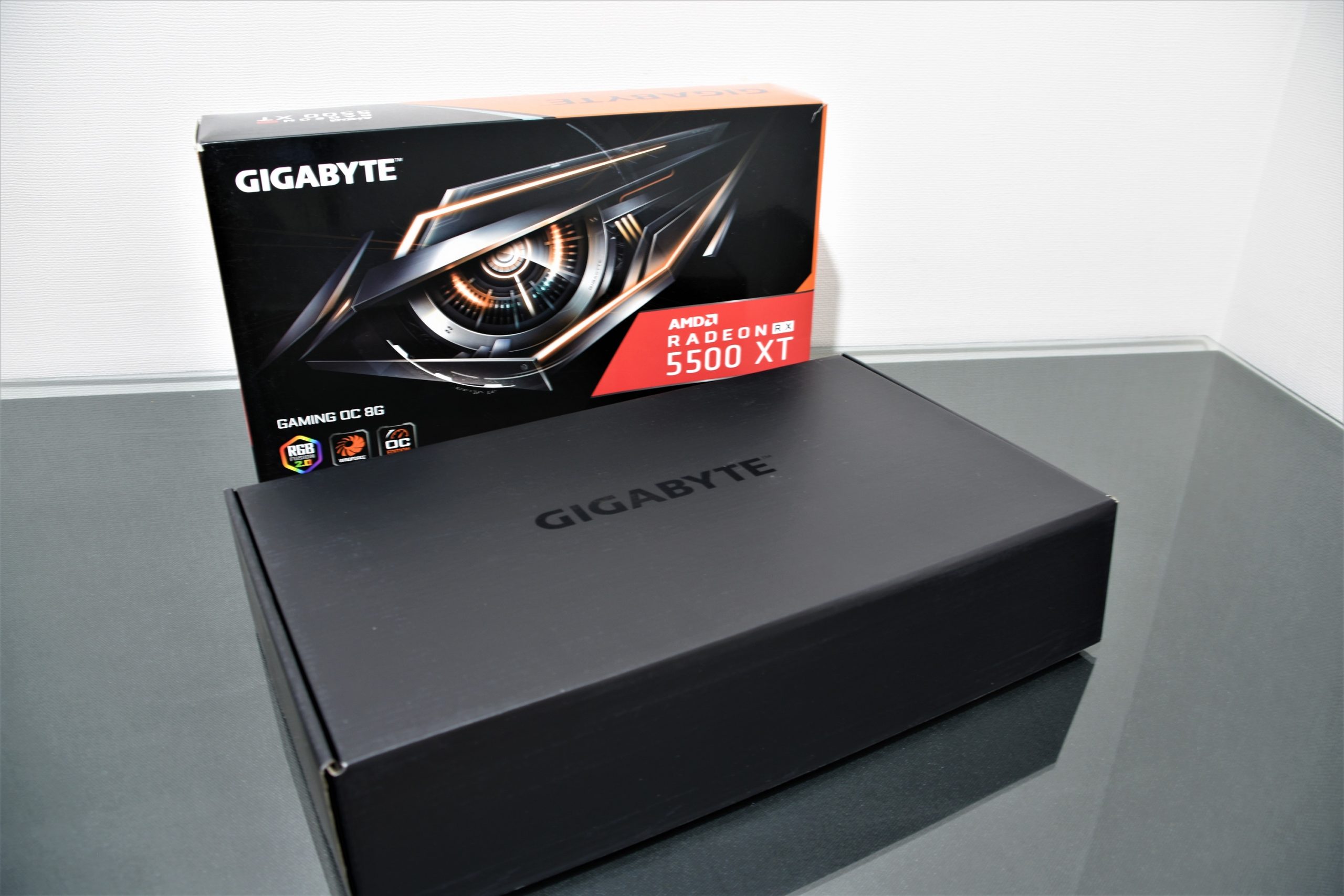
Under the external packaging, another one is added to protect the video card, something common in this range.
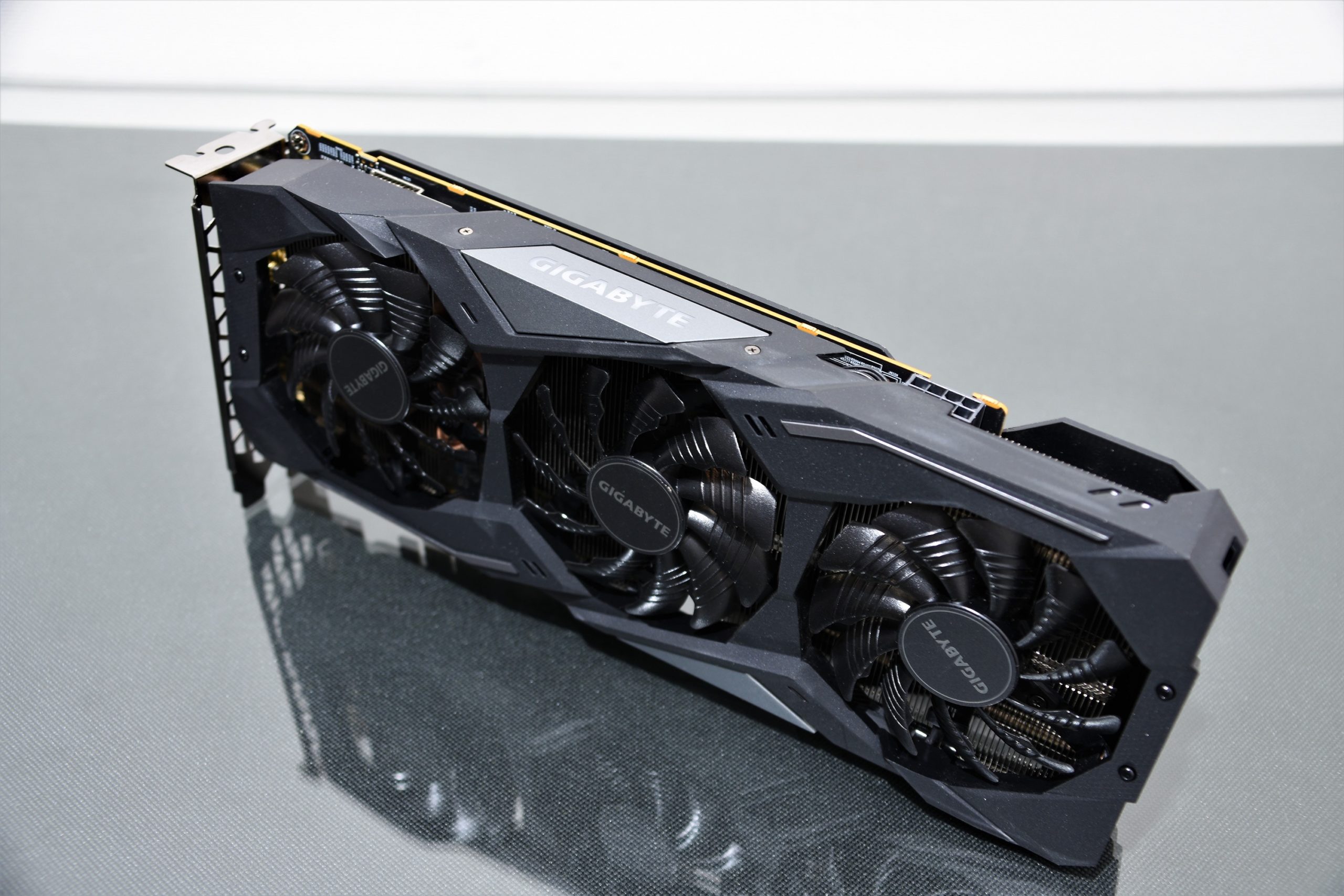
Already directly in contact with the video card we see a triple fan video card with a plastic frame with a larger cooling system than the video card PCB.
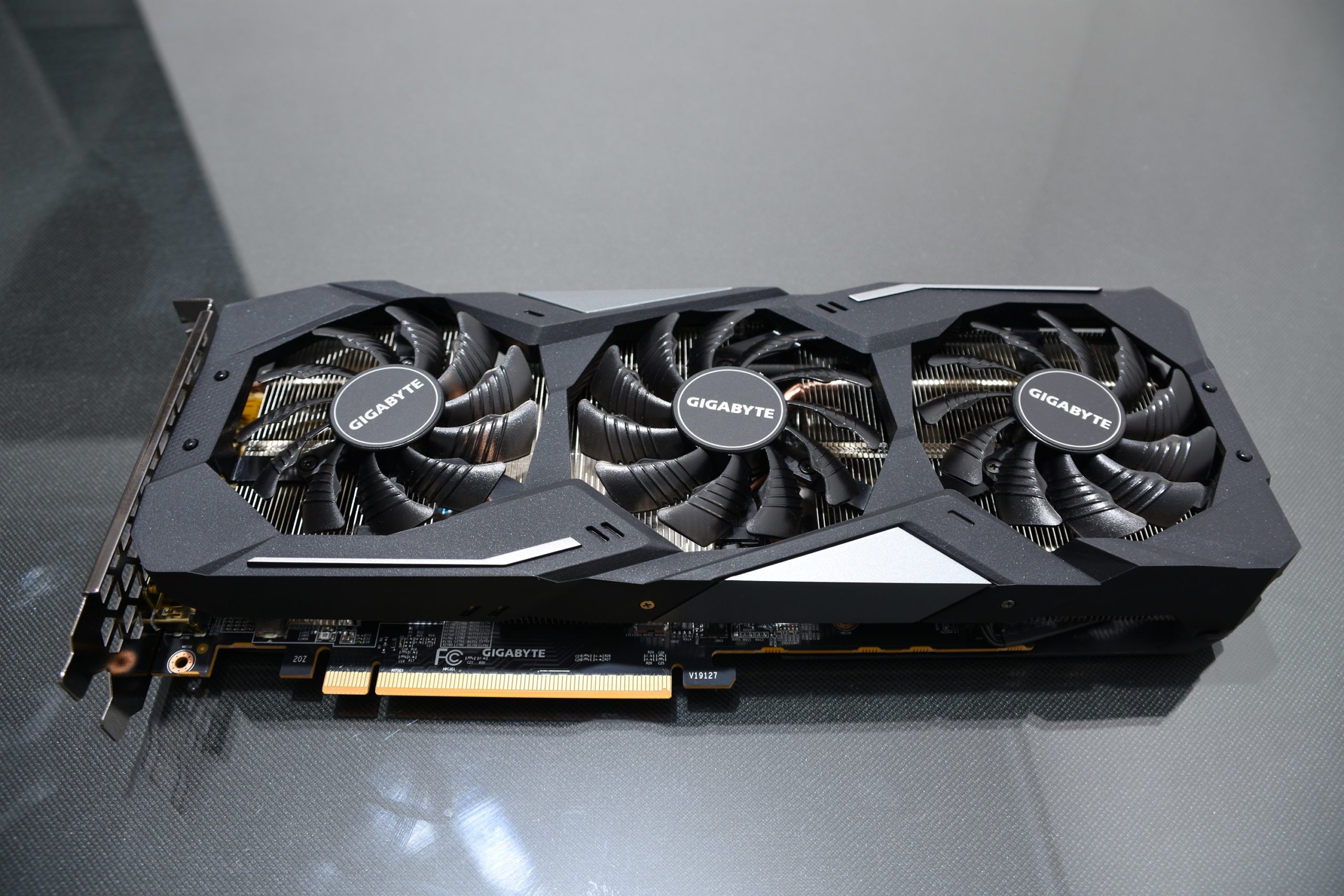
The three fans have a diameter of 80mm, which offer fresh air throughout the length of the heatsink under them.
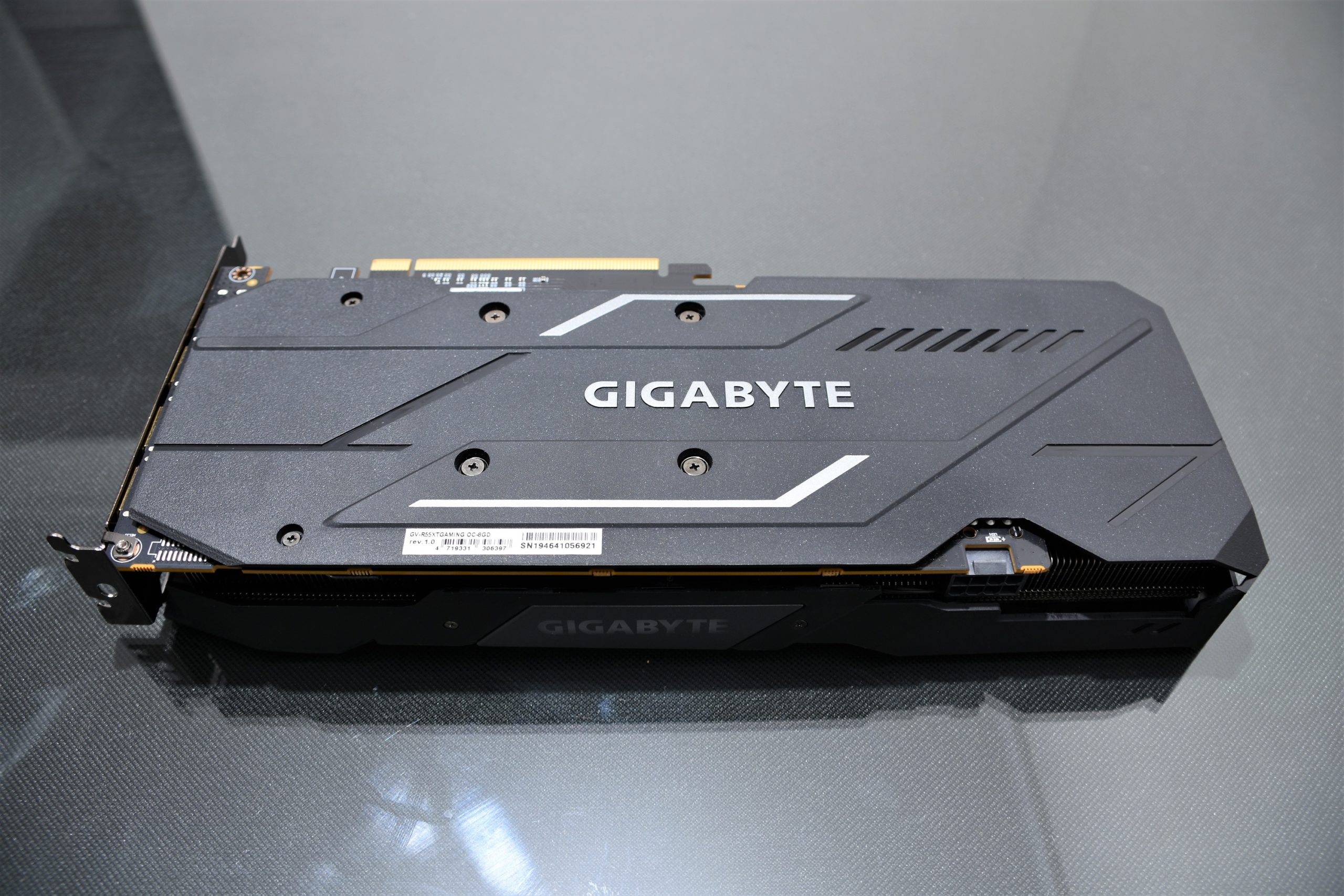
As announced on the external packaging, a protective backplate covers the sensitive areas of the video card, now we immediately realize that this is only protective and not dissipative, due to the plastic material of which it is built.
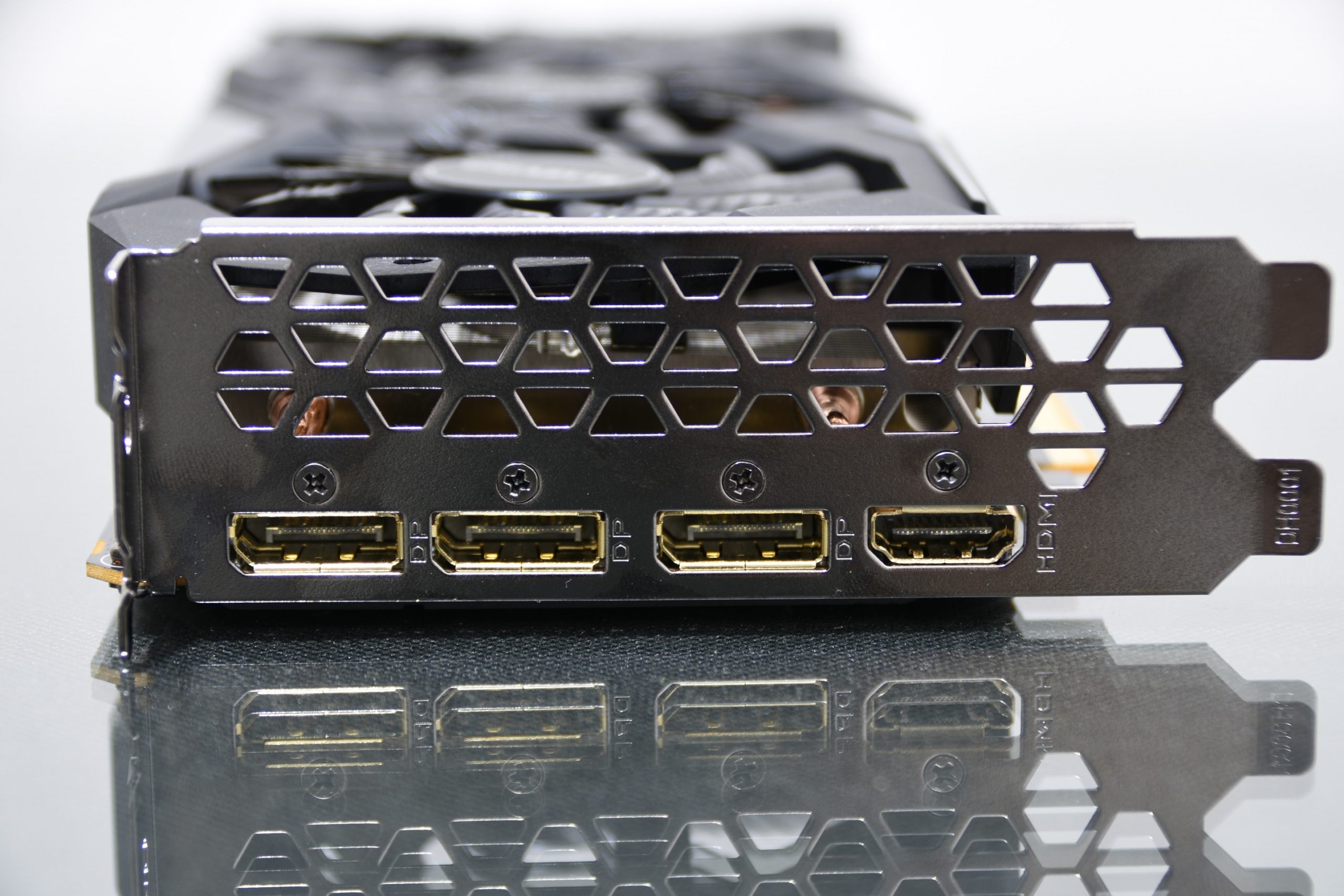
The video output has 3x Display Port and 1x HDMI
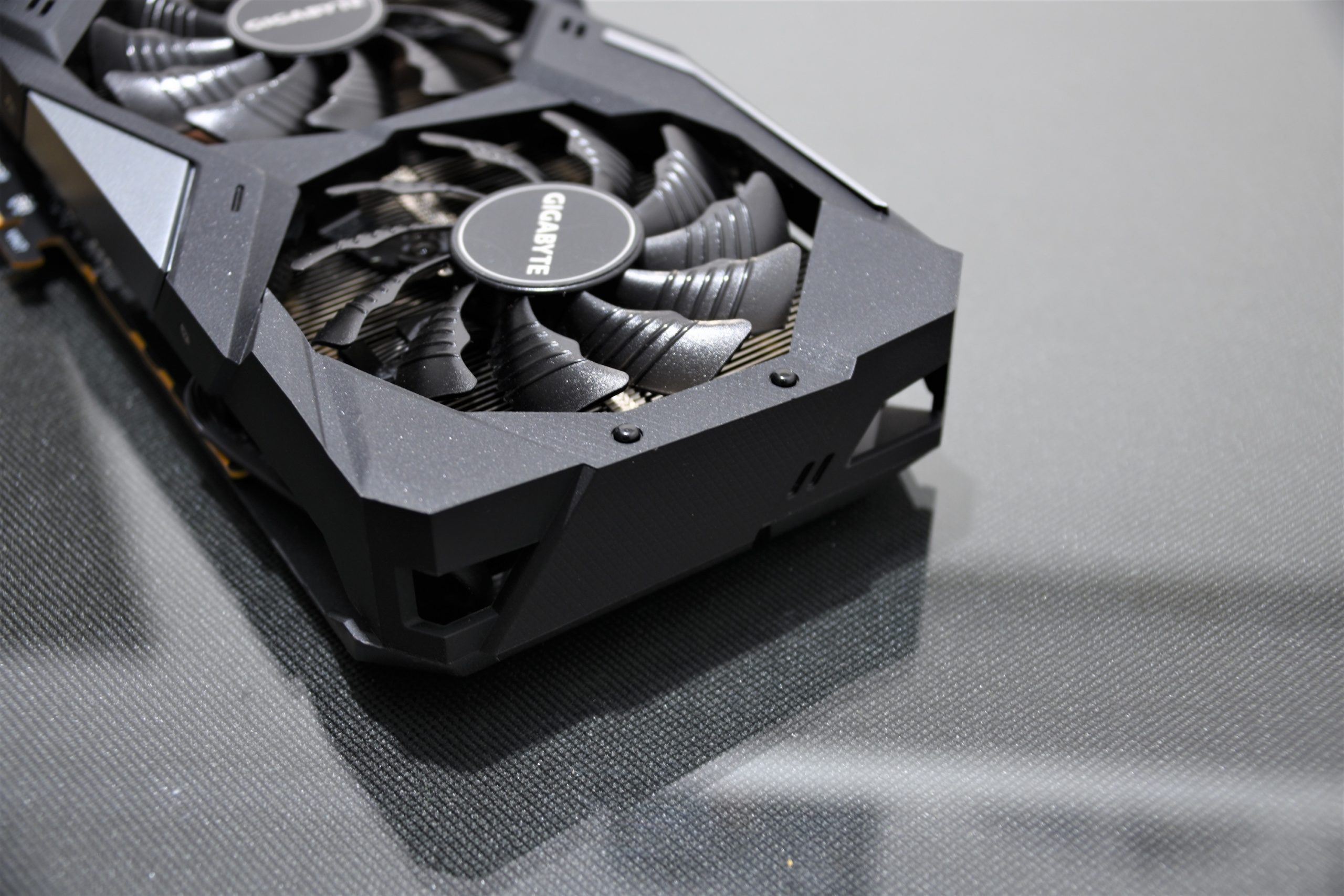
The final edge of the video card has a closed finish in almost its entire width, it does not look very efficient either to receive fresh air from the front of the cabinet or to expel some of the residual air.
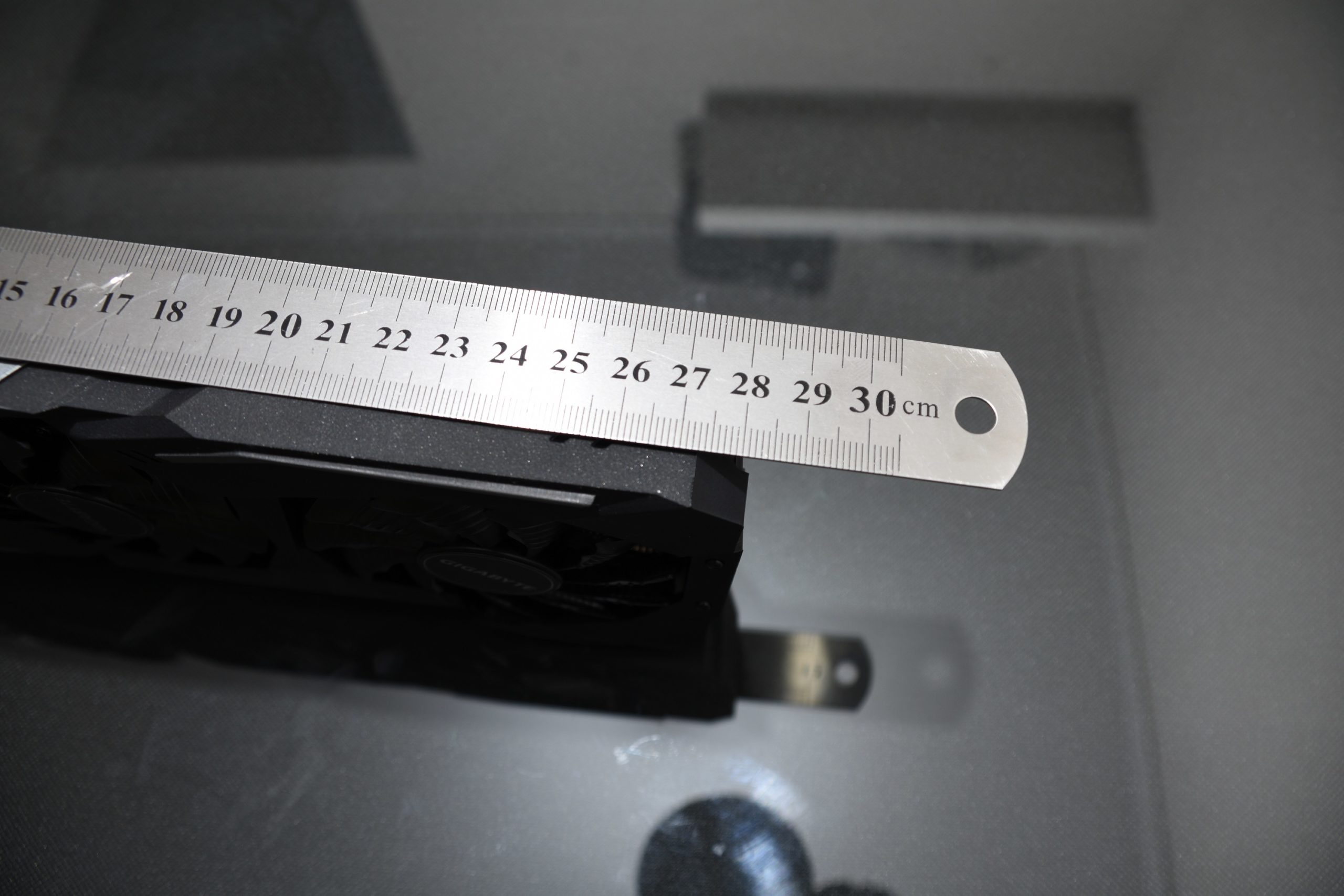
The length of this Radeon RX 5500XT model is 28 cm.
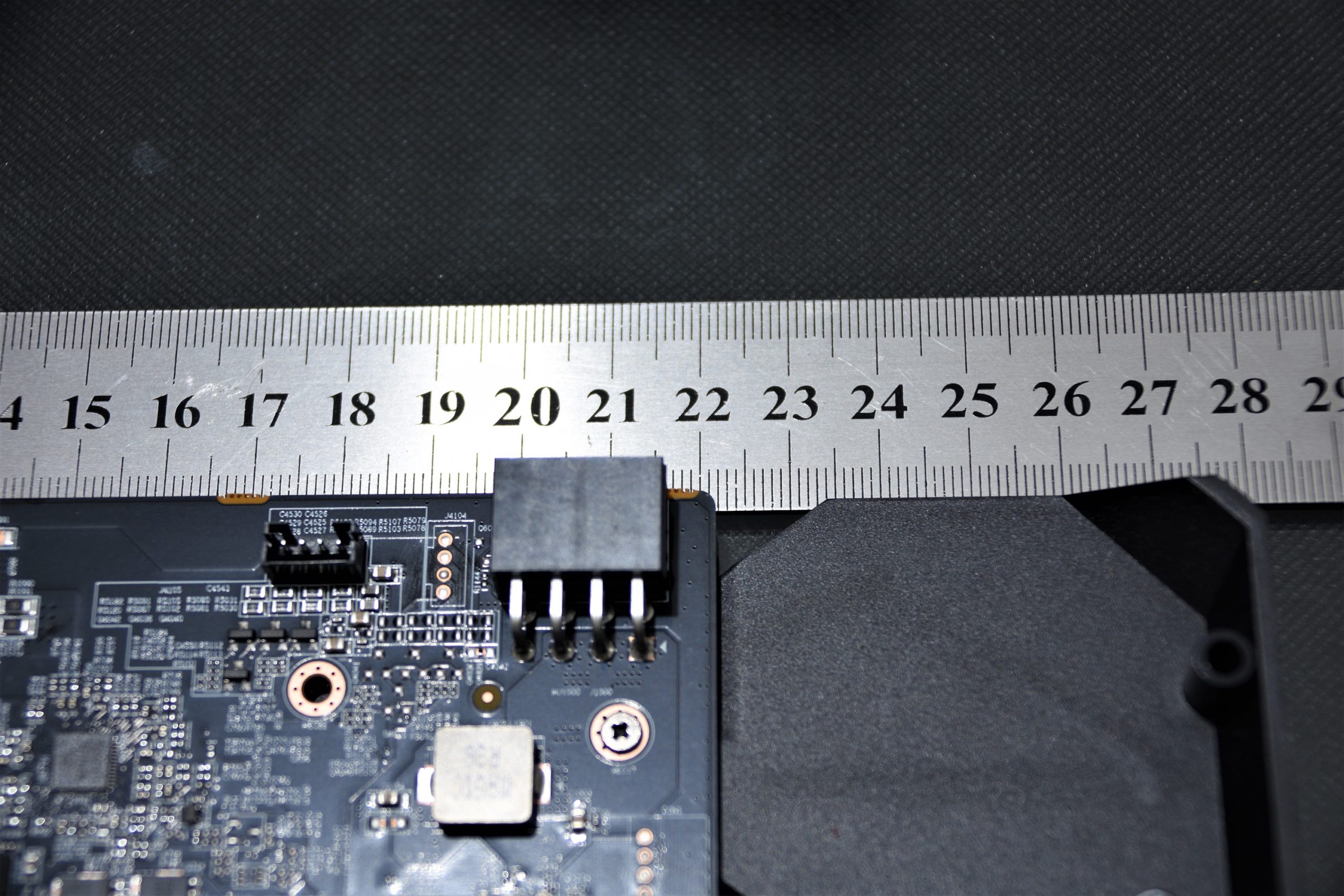 It was seen that the cooling frame has an additional space of almost 6cm extra, leaving a PCB that is slightly over 22cm long.
It was seen that the cooling frame has an additional space of almost 6cm extra, leaving a PCB that is slightly over 22cm long.
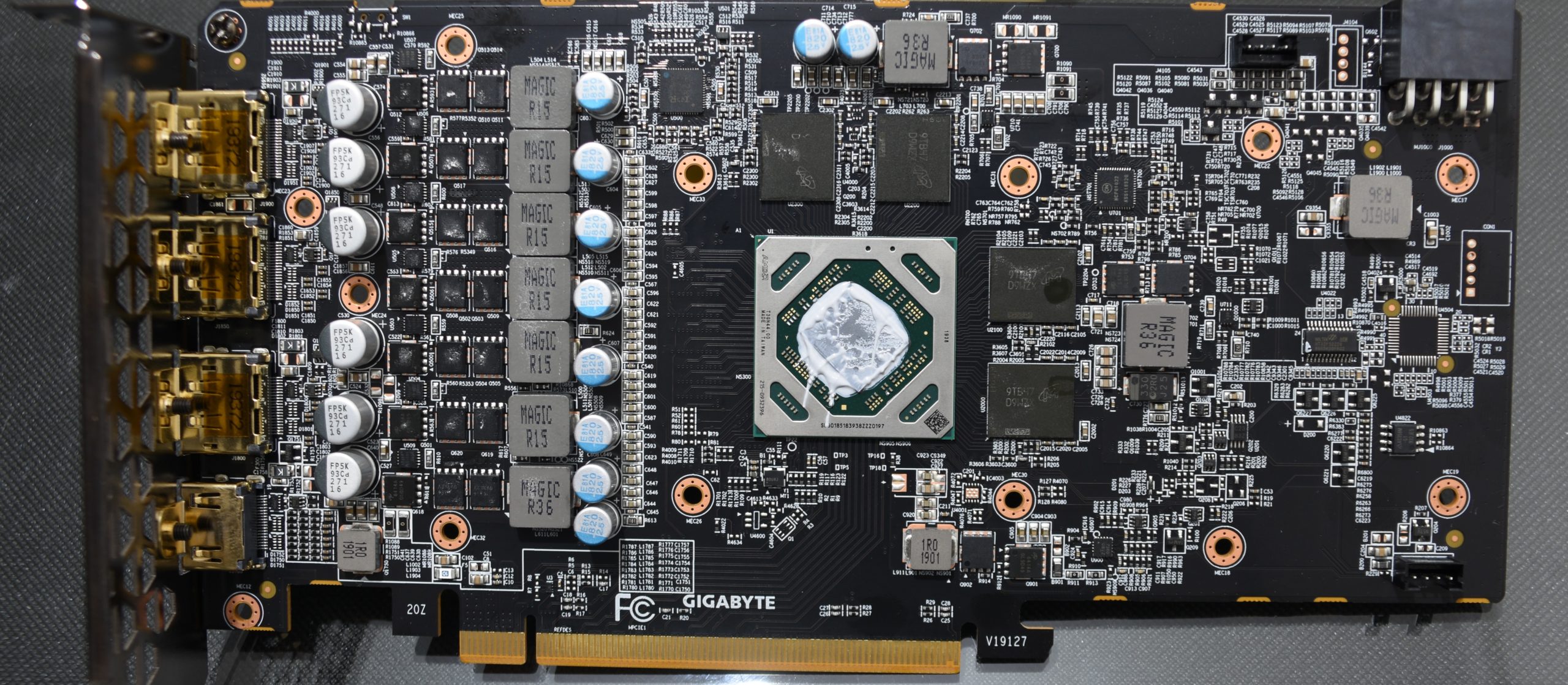
In the 22cm that we have of PCB, it can be seen how the large amount of electrical elements increases the density of this, it is curious that we cannot see a model with a PCB according to the length of the cooling system, since in this way we move away the components generating a decrease in global temperature. 8 pin power connector.
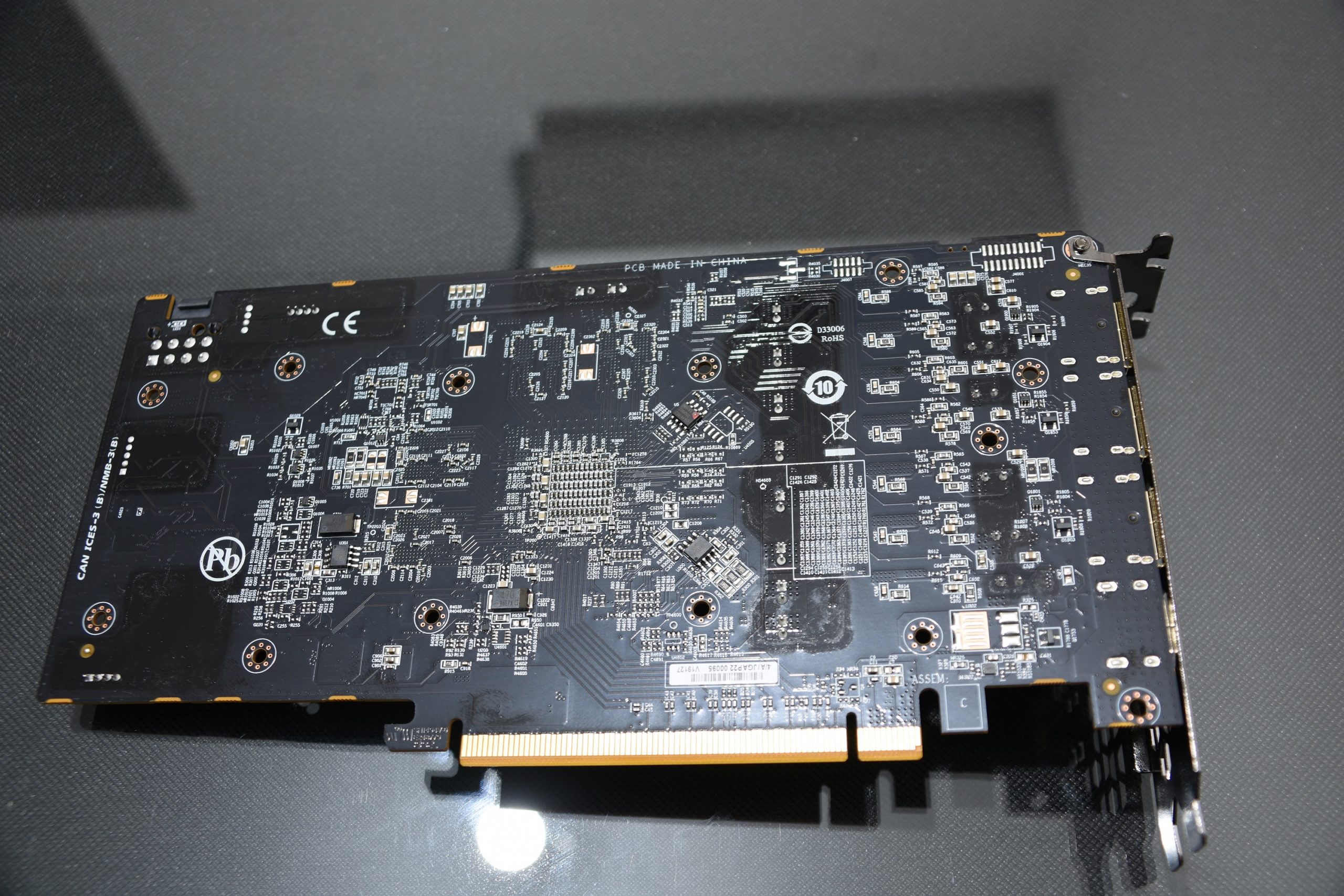
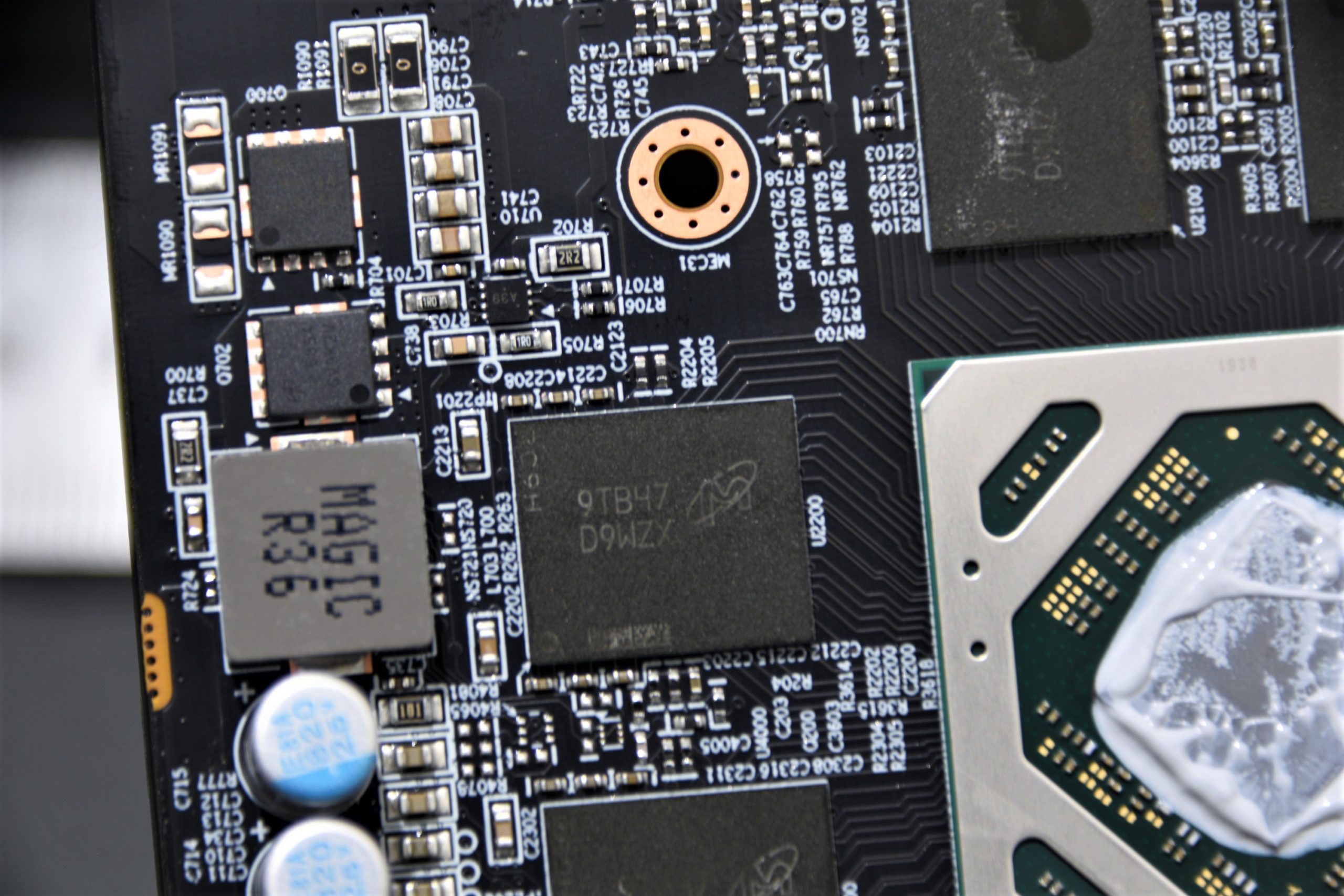
The memories in this model come from the hand of Micron, with its GDRR6 model 9TB47D9WZX, each chip has 2GB of memory.
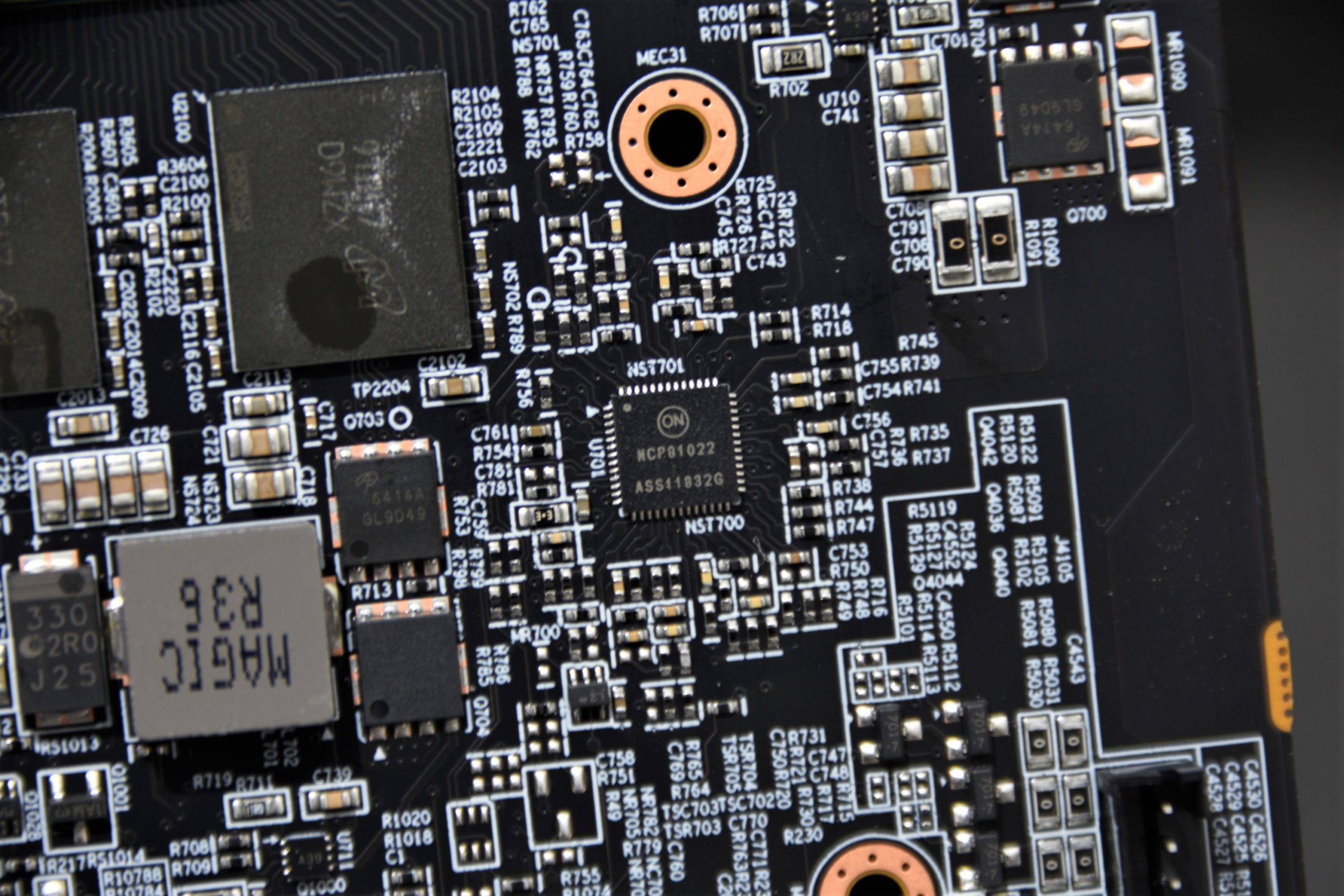
The controller of the digital phases is an NCP81022, for the 6 + 1 configuration that it has in the power phases.
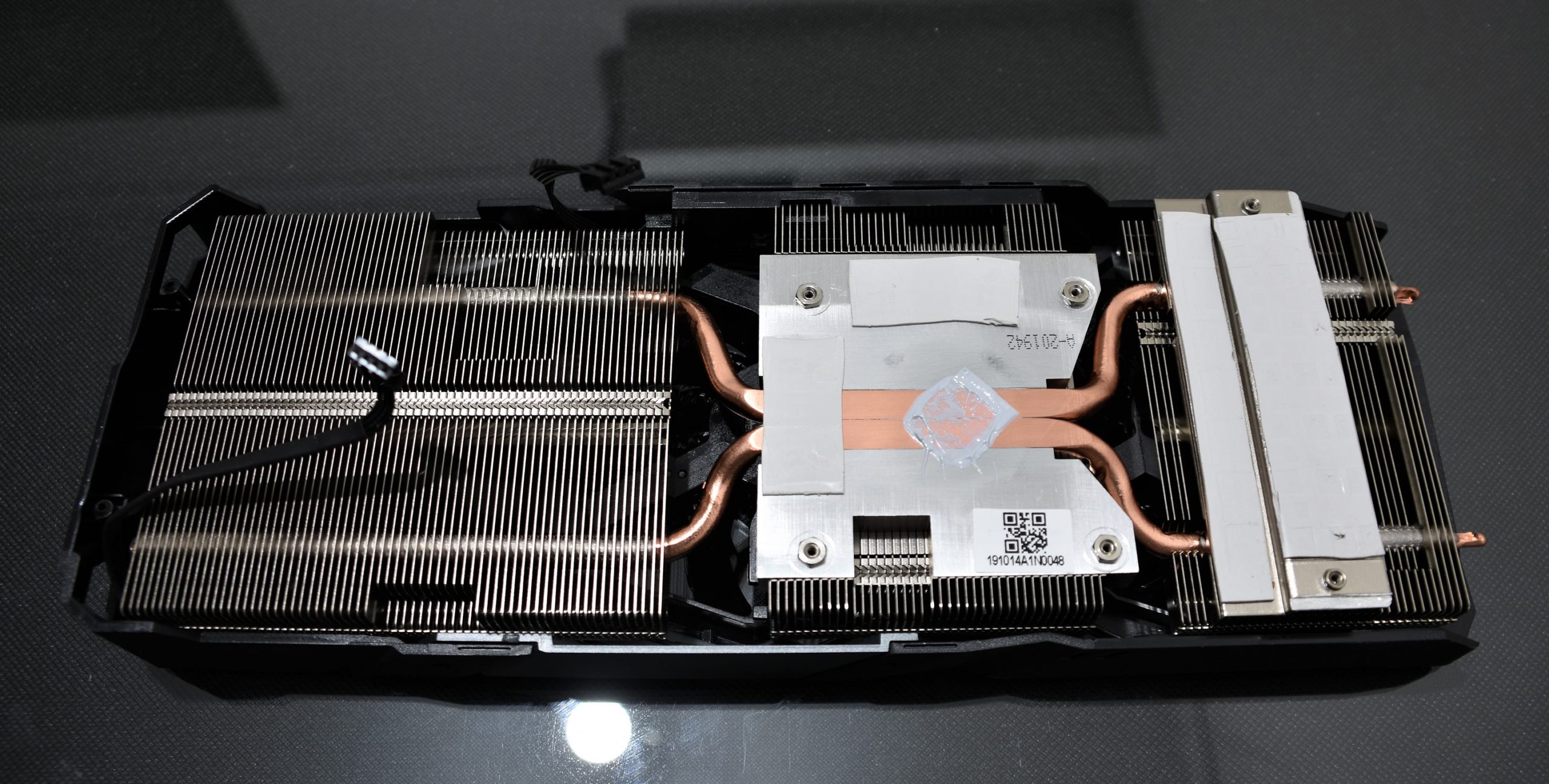
Passively the GIGABYTE RX 5500XT GAMING OC, is cooled with 2 heatpipe that contact the GPU directly and distributed along the radiator, we see a small block that will focus on the VRMs and power phases as additional help.
Testing and Methodology Platform.
| Test Platform | |
|---|---|
| Processor | – Intel Core i7 8086K |
| Motherboard | – ASUS ROG Maximus X Apex |
| Memories | – G. Skill TridentZ 3000MHz 2x8GB |
| Graphics card | – GIGABYTE RX 5500 XT GAMING OC 8GB |
| Refrigeration | – EK-XLC Predator 240 |
| Power supply | – Corsair RM1000x |
| Storage | – Corsair MP600 1TB SSD M.2 |
| Monitor | – ASUS MG28UQ |
- Windows 10 Pro x64 operating system [Update 1903].
- The tests were performed in an environment with a temperature of approximately 25 ° C.
- The platform was used without a cabinet.
- The drivers used for Radeon graphics cards: Adrenalin 19.12.3 BETA
- The resolutions of the synthetic tests are the default ones for each of the benchmarks.
- The real test resolutions are 1920 × 1080 and 3820 × 2160 with all the maximum available graphics in each game.
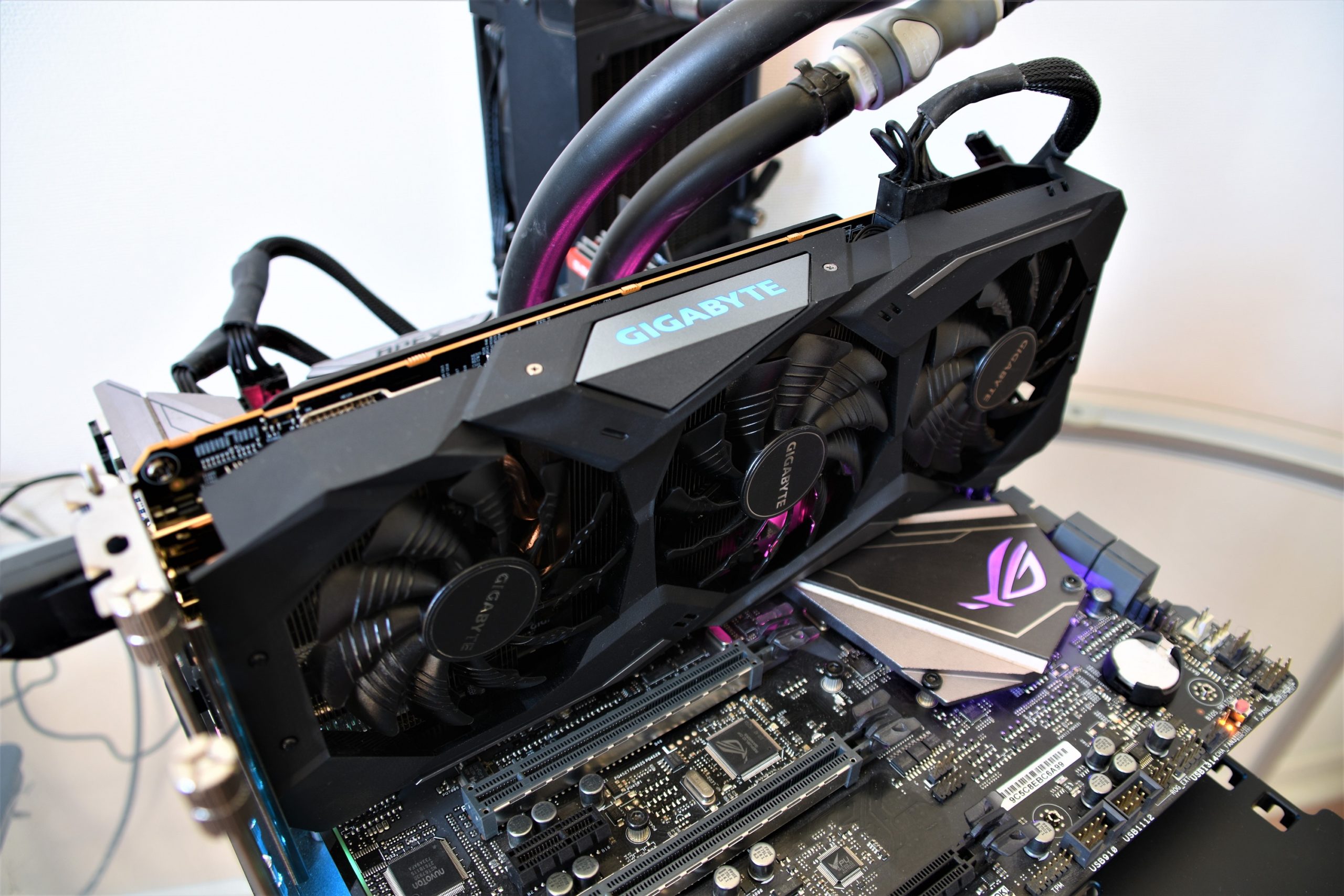
Synthetic tests
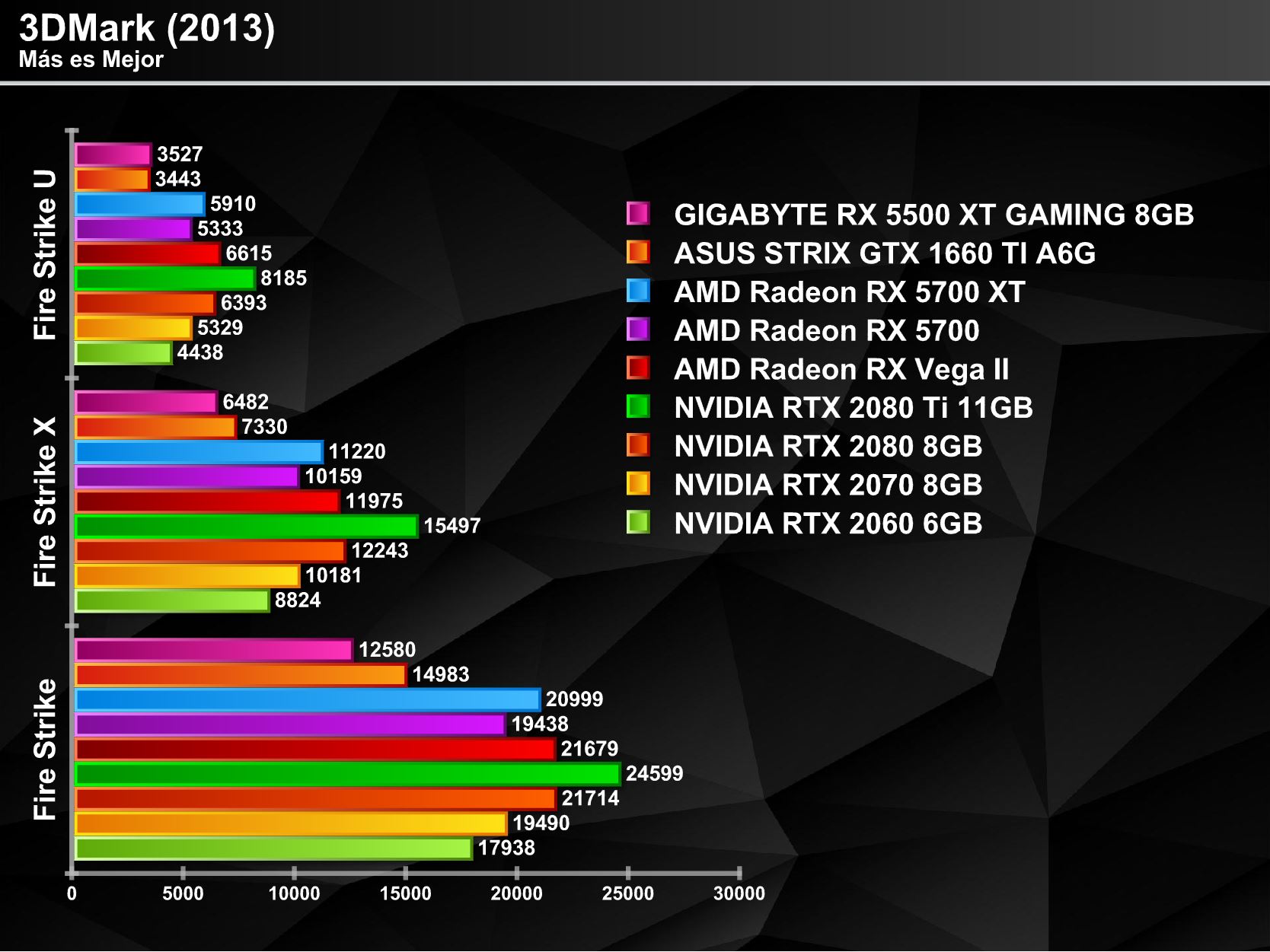
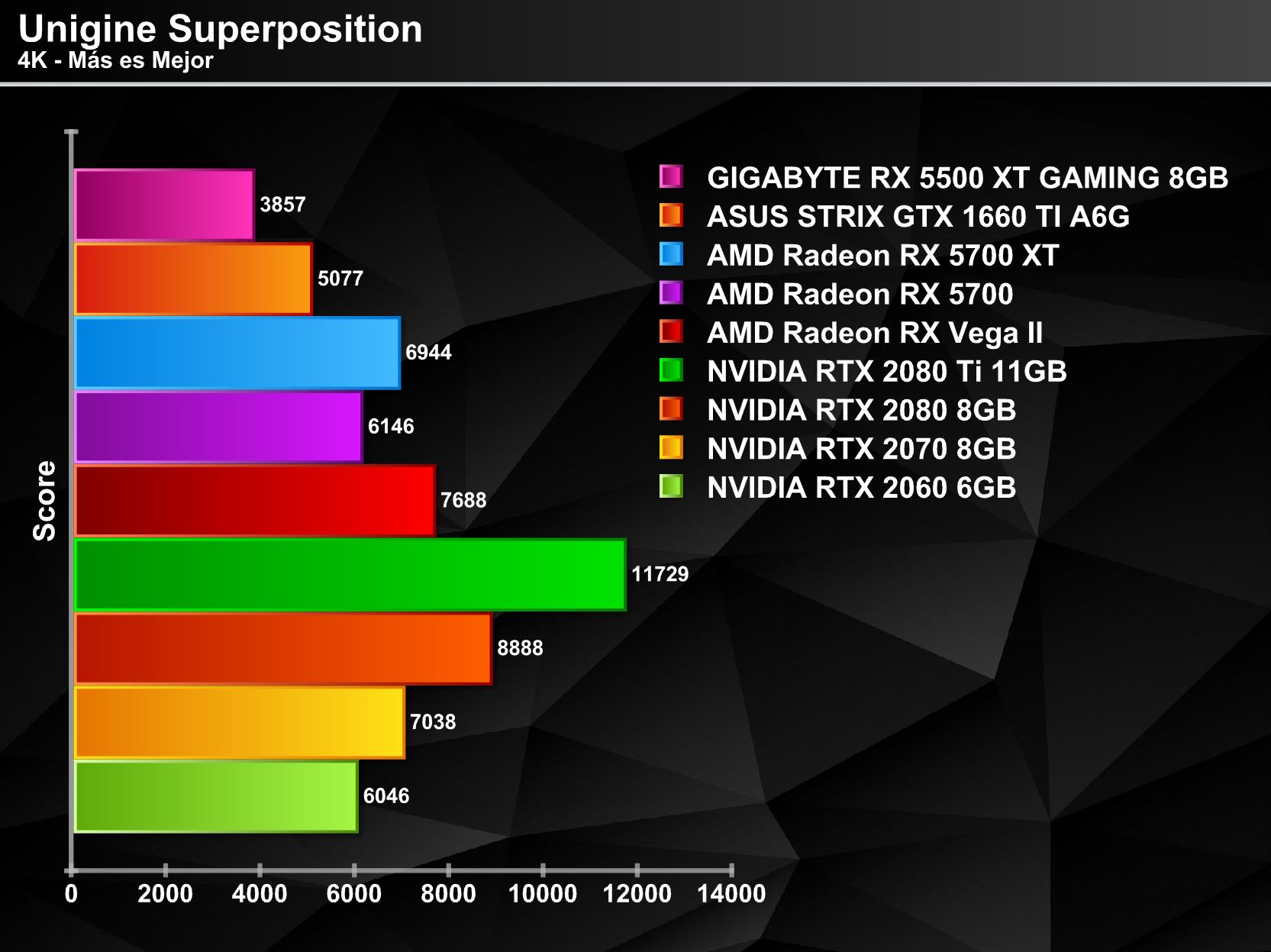
Real tests
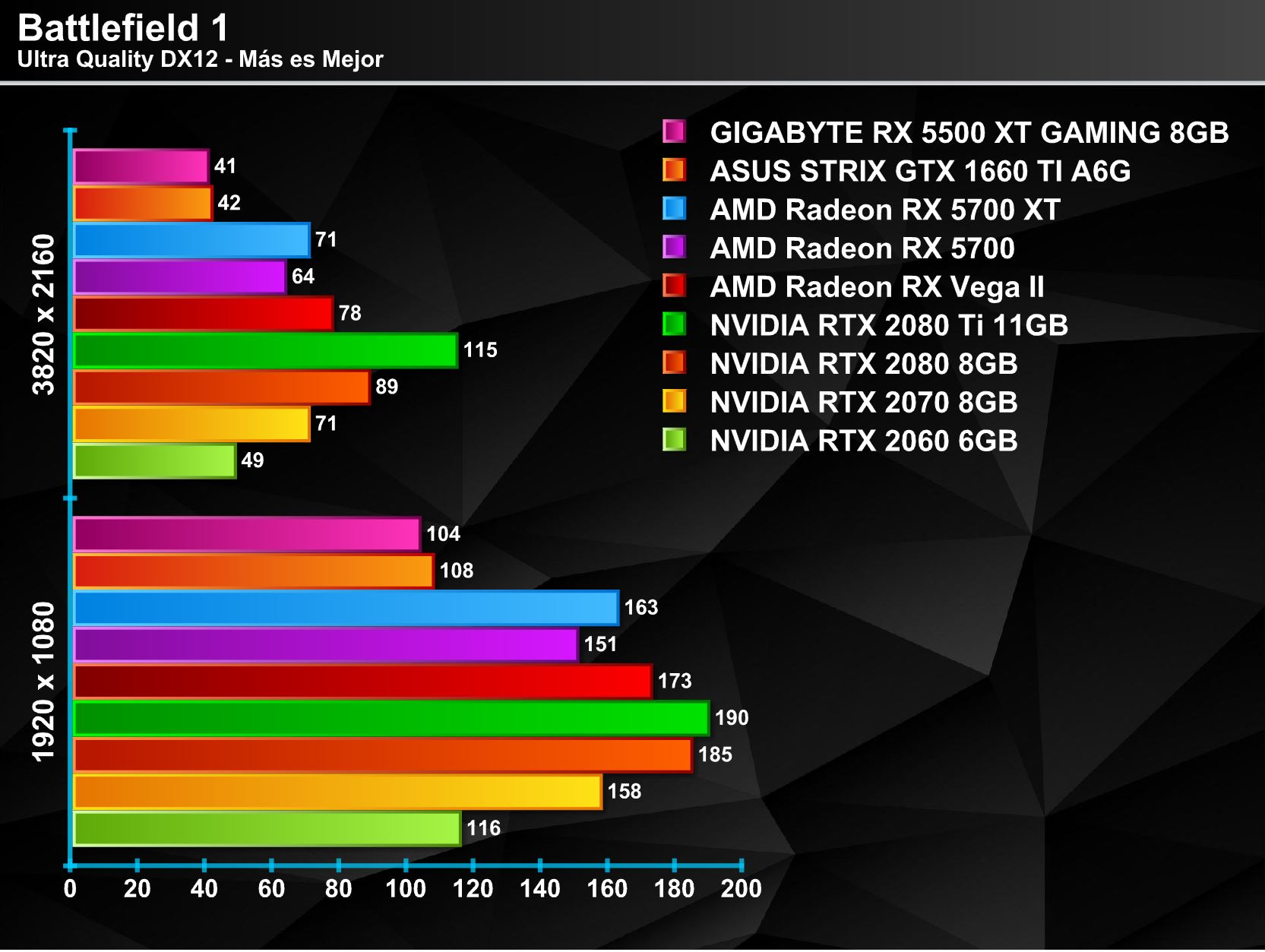
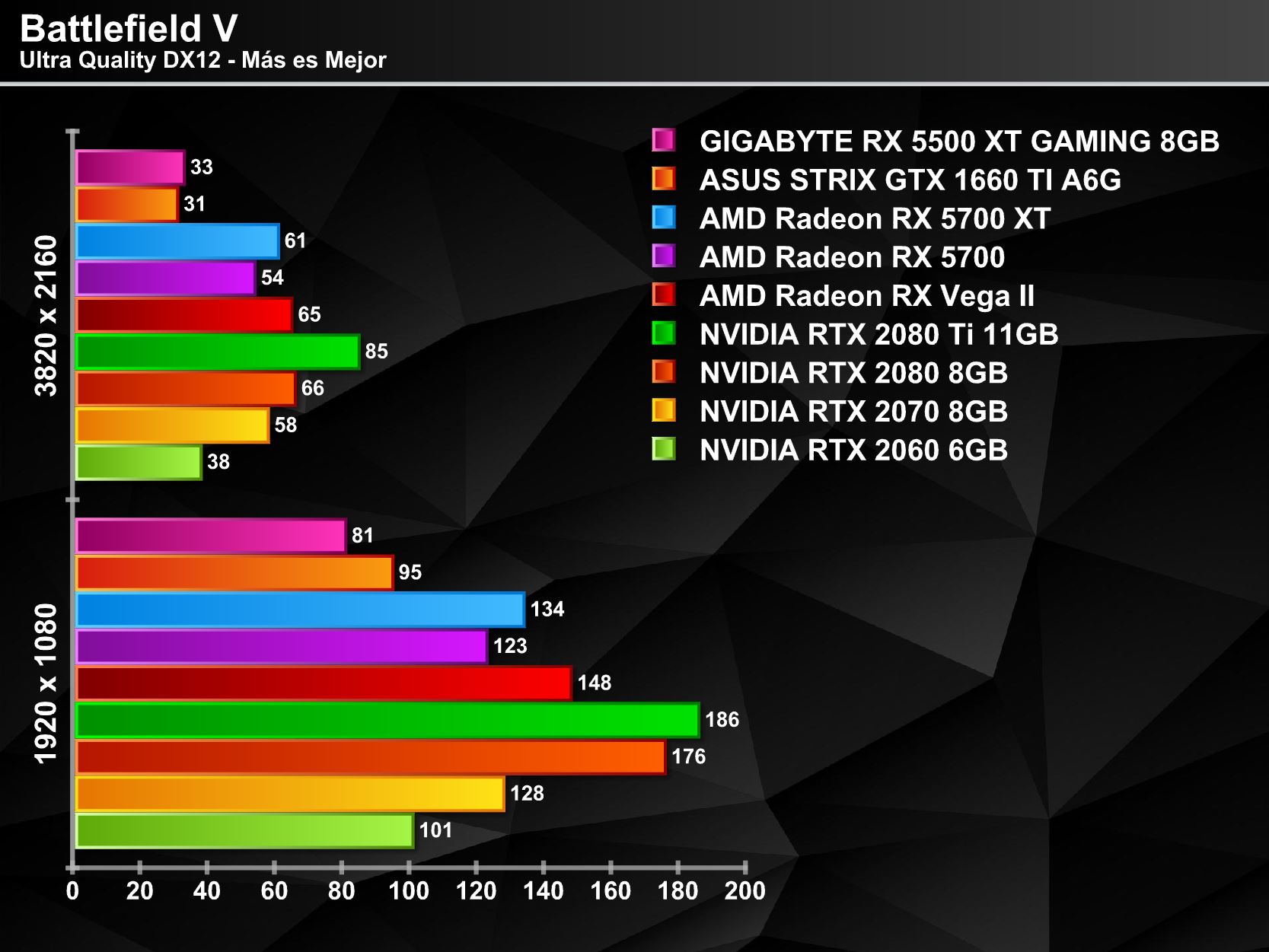
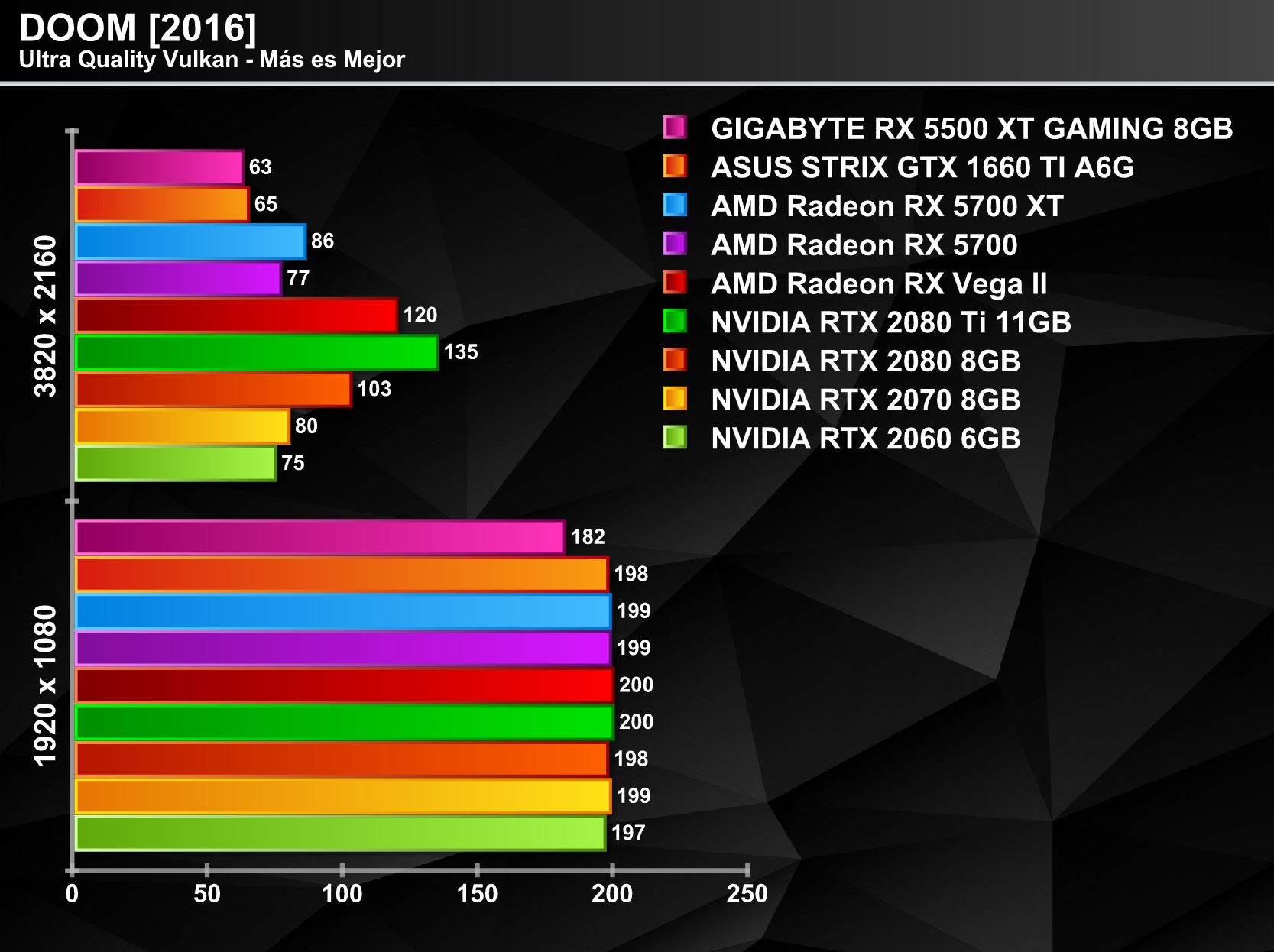
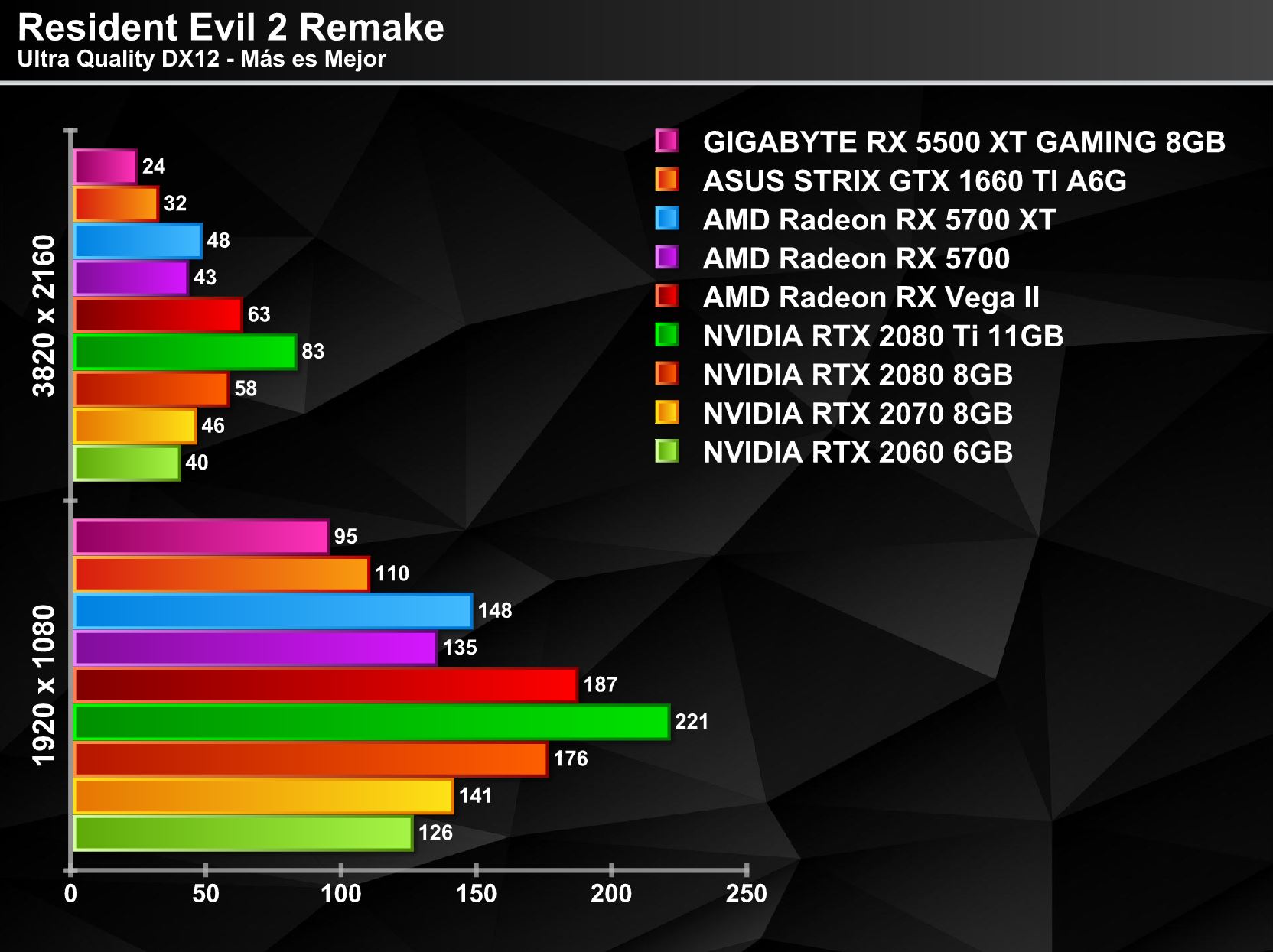
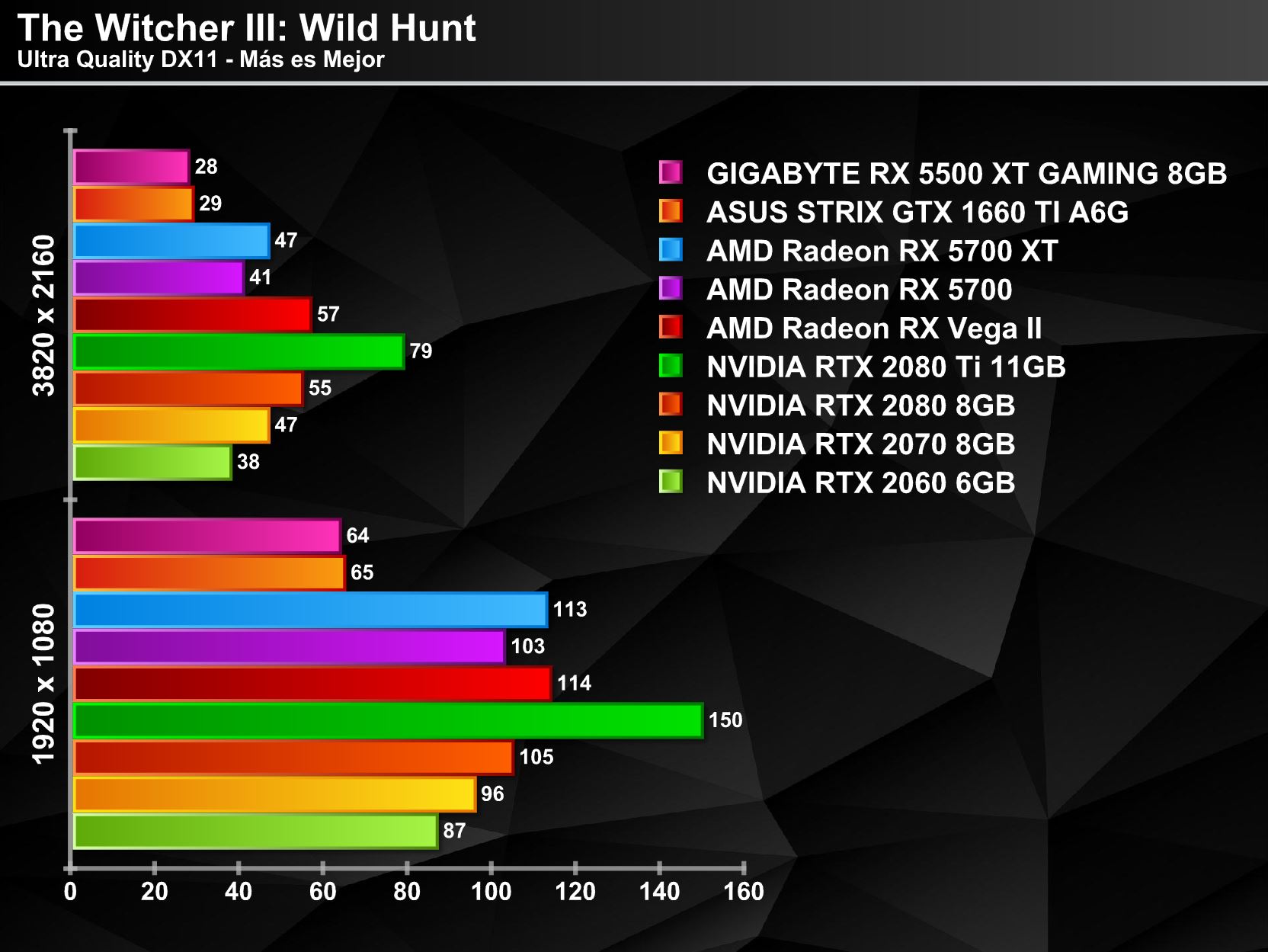
Overclocking.
In this section where we demand even more the video card, for this model as well as it has happened in other AMD Radeon models that have just appeared, overclocking is a complicating factor in drivers that have just adopted the new model.
We can see the new AMD Radeon suite, this time in the Adrenalin 2020 version, (Adrenalin 19.12.3 BETA), which changes its interface to a more intuitive and more detailed for the users, in the tabs they point to each of its section, unlike the previous one that we did not always find what we wanted.
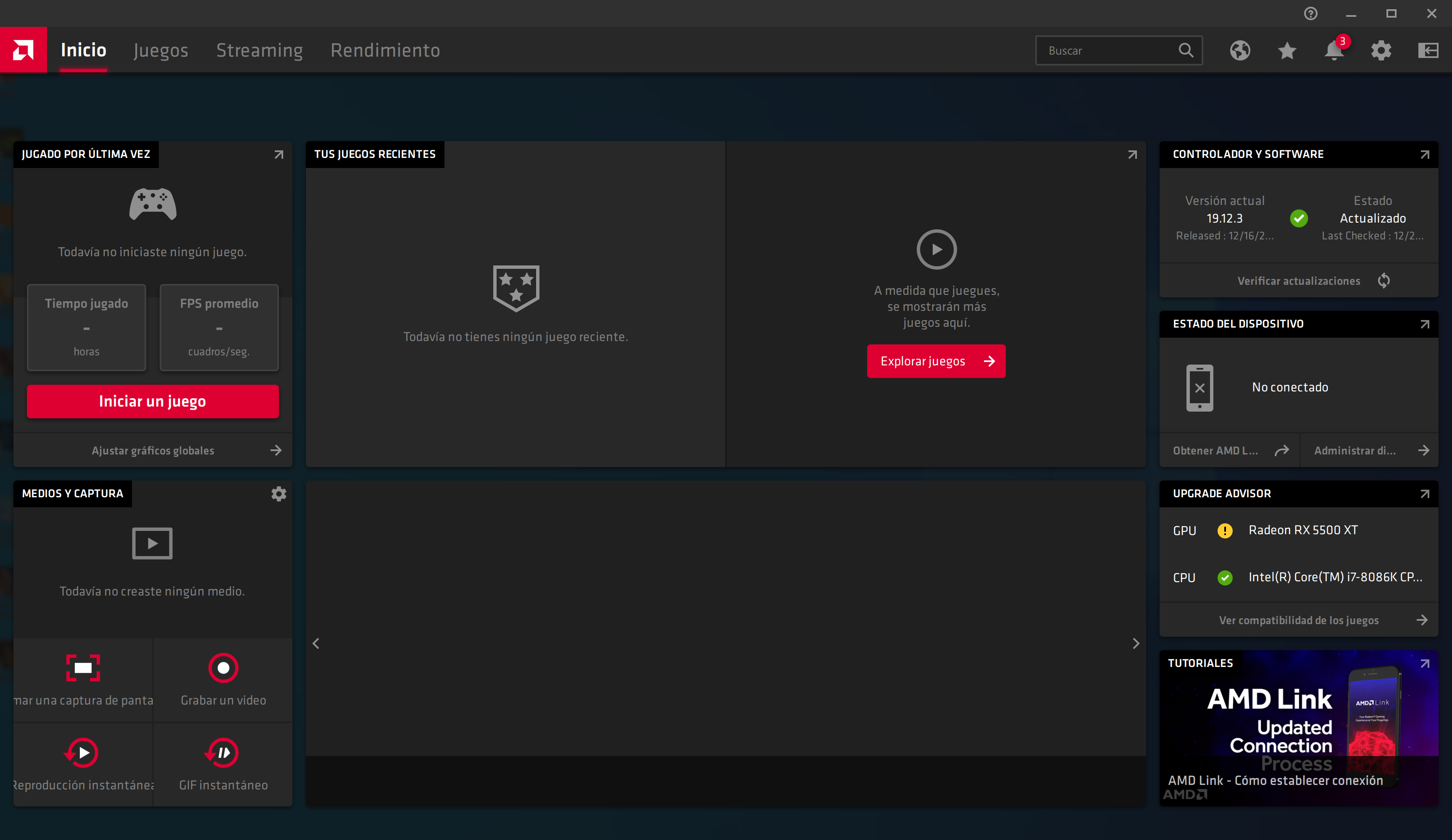
In the “Performance” tab dedicated to overclocking, you can find a lot of elements that help us fine tune the increases in frequencies.
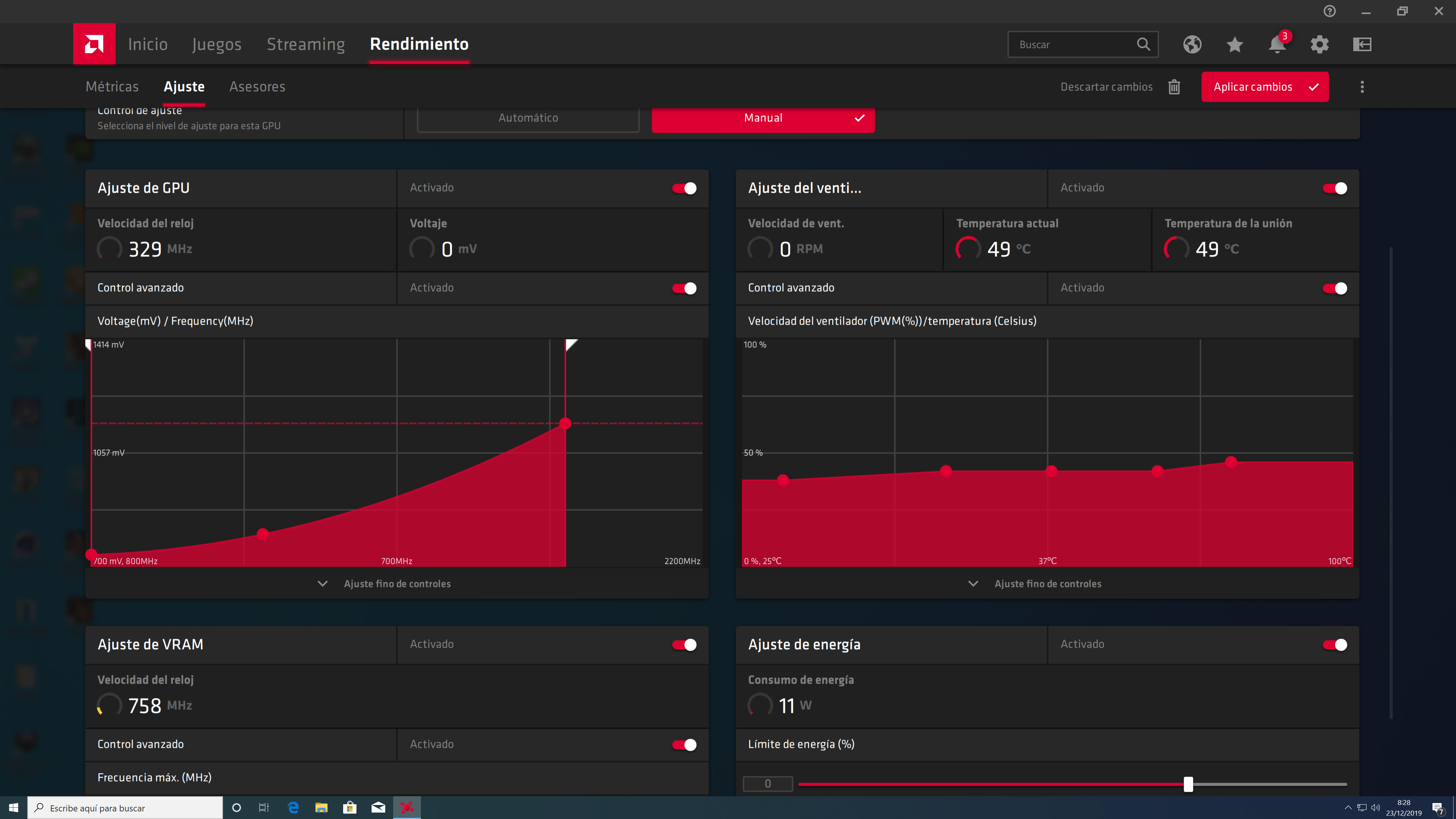
As we mentioned before, when occupying this section under this version of the controller, it changes erroneously, as seen in the GPU-Z, and when it is put in a benchmark the scores are much less than those that it brings by default, that leaves us with the overclocking discarded at the moment for this AMD Radeon model, we hope that in the WHQL version we see this “problem” repaired, since even under the GIGABYTE software (AORUS ENGINE) the frequencies were effectively modified.
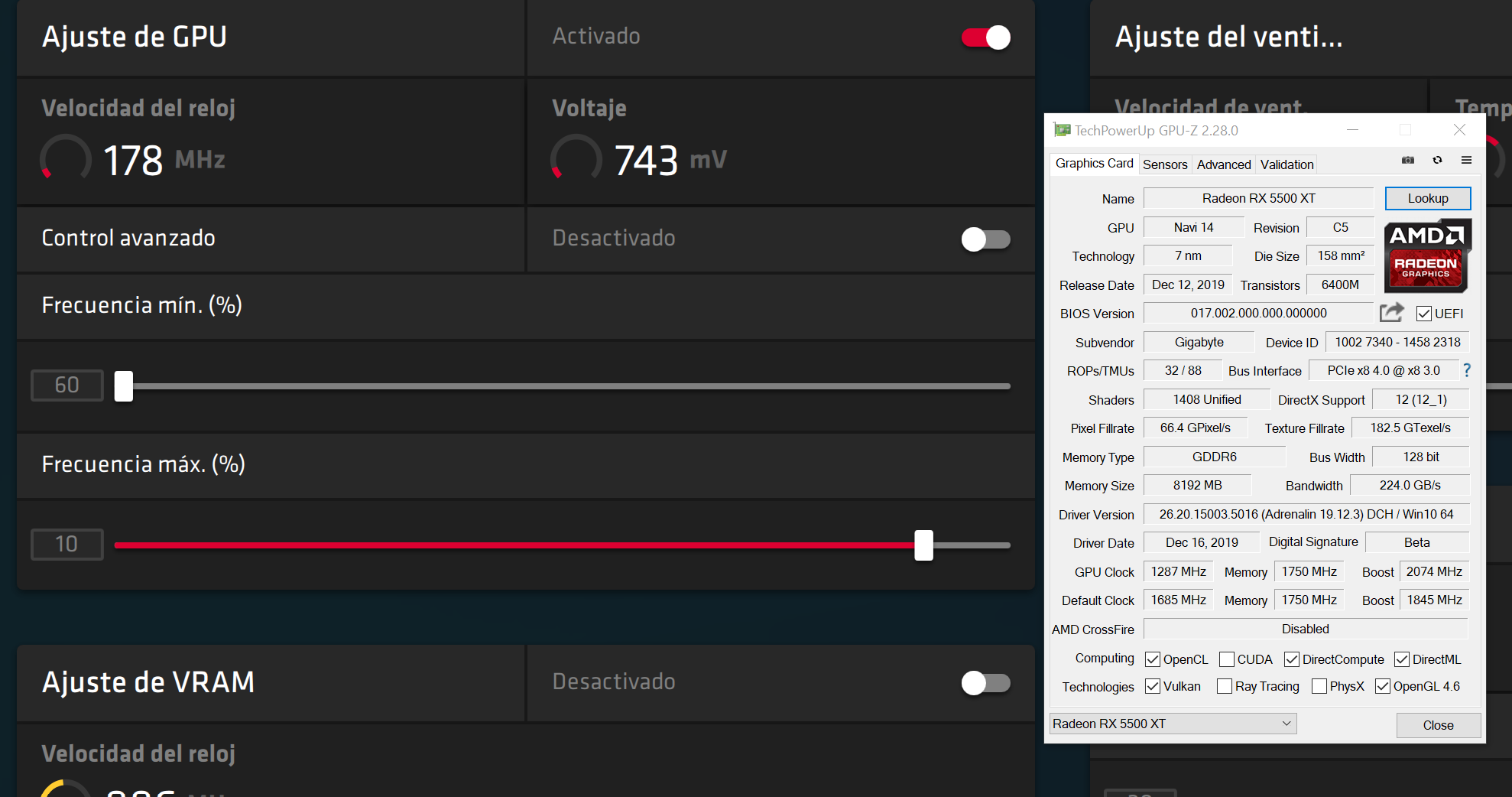
Consumption and temperature.
Designed with an 8-pin connector the GIGABYTE RX 5500XT GAMING manages to develop 112W at maximum load, consumption very similar to that of some RX 570 models. You can see how 7nm are present in this section.
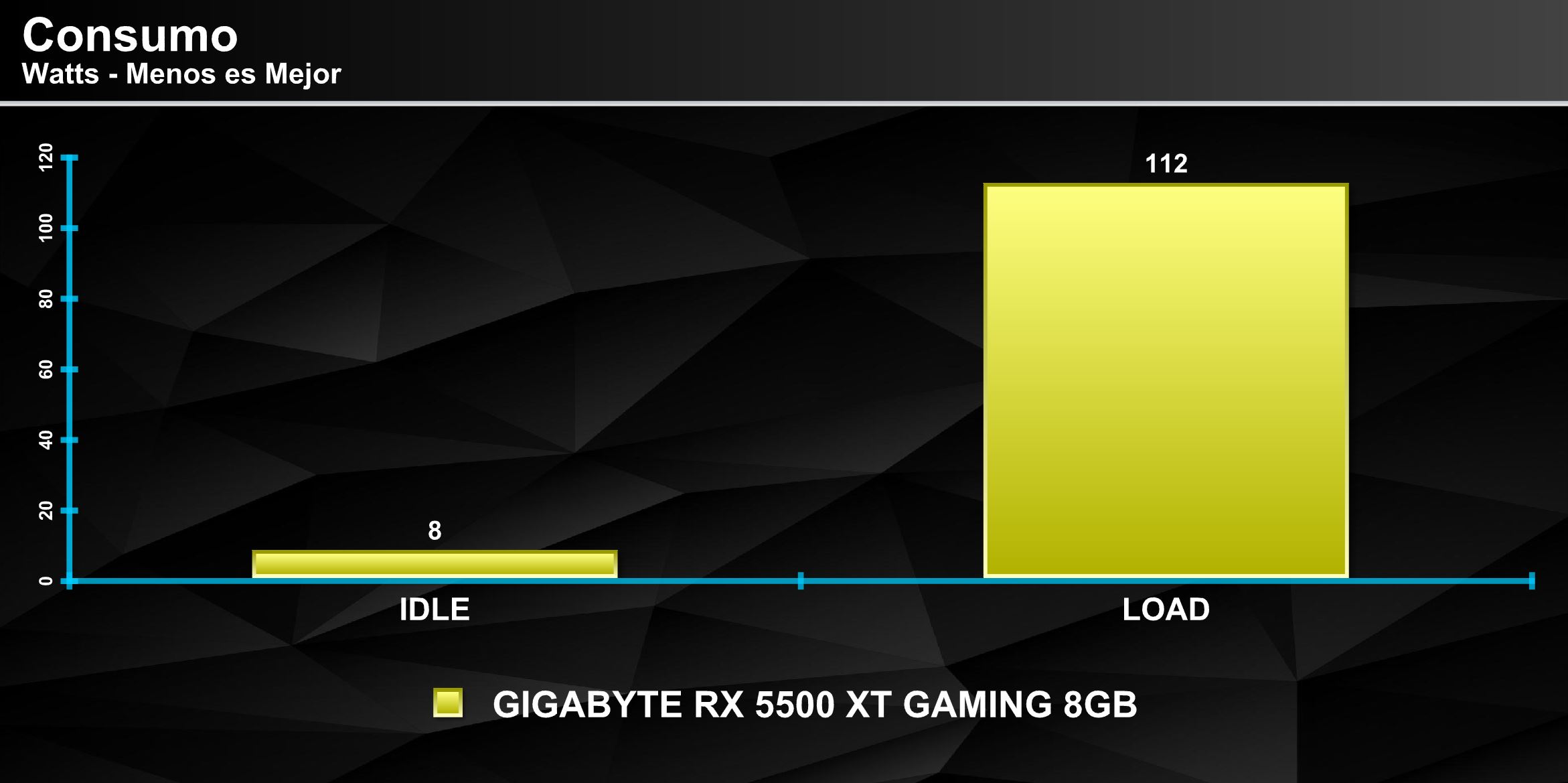
For a video card with a TDP of 125W, we find temperatures ranging from 51 ° C in IDLE (fans completely stopped) and 67 ° C at maximum load with their fans at 50% in automatic.

Conclusion.
The AMD Radeon RX 5500 XT is an interesting bet on the part of AMD for this market sector, however it gives us a little taste when we compare the prices that we find a Radeon RX 580 / RX 590, this adding up the difference in performance they offer currently the one that does not leave this new RX 5500 XT very well, it is likely that there will be an adjustment in prices if you want to compete against the NVIDIA GTX 1650 and experience what was experienced with the RX 500 in recent times, but the 500 series will remain a better option.
The RX 5500 XT for 1080p content is an excellent ally, the user with that resolution standard would not develop a bad experience under the titles that we find today, however it is something that has been experienced for some time within this range.
Speaking now from the GIGABYTE response for this AMD GPU, it is a striking model with 3 fans that delivers a cooling system according to the segment, now, if we look more deeply, the fan frame material as well as of the backplate does not leave us very satisfied, especially because we are dealing with an assembler that does not provide low-end in the construction of its products, a GamingX version of MSI or Dual of ASUS easily exceed the perception left by this model of GIGABYTE that rival in the same price, although we would see an advantage from GIGABYTE by owning these 3 fans.
We can recommend this product both for the product that GIGABYTE is offering, and for the AMD Radeon GPU. Now we must comment that the true value of this GPU would be registering to the maturation of the controllers for this model, this fact could come to give us an odd surprise, since currently it does not generate enough attractiveness to consider it over other models that Today we see in the market.





